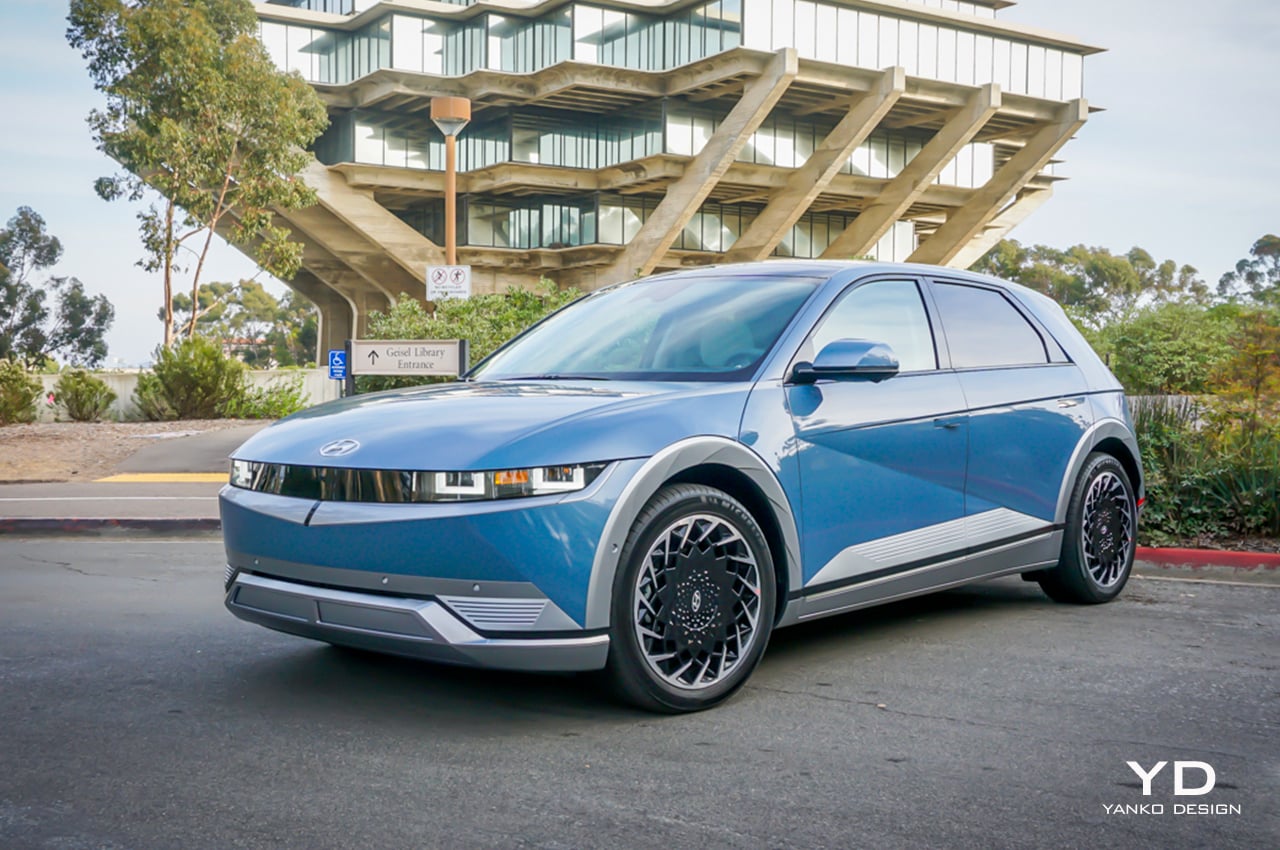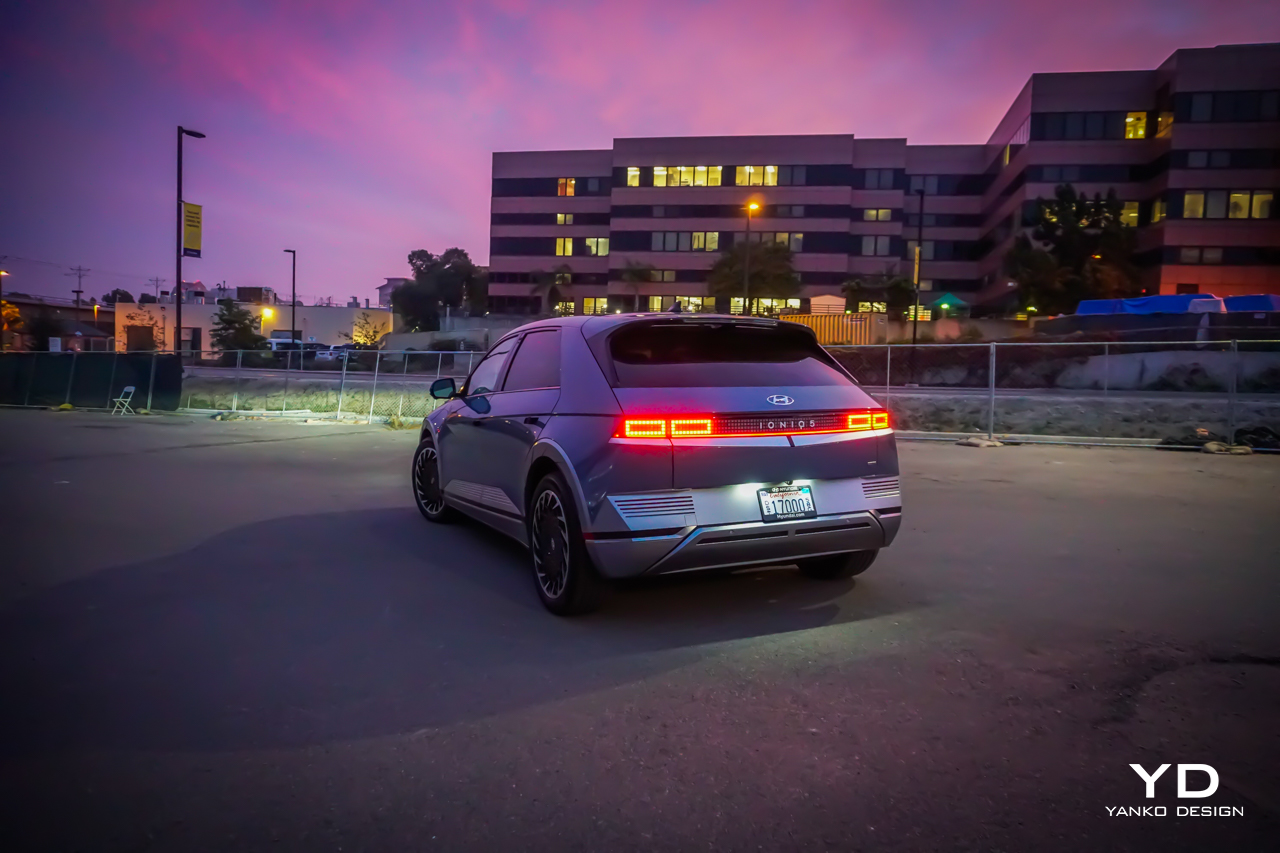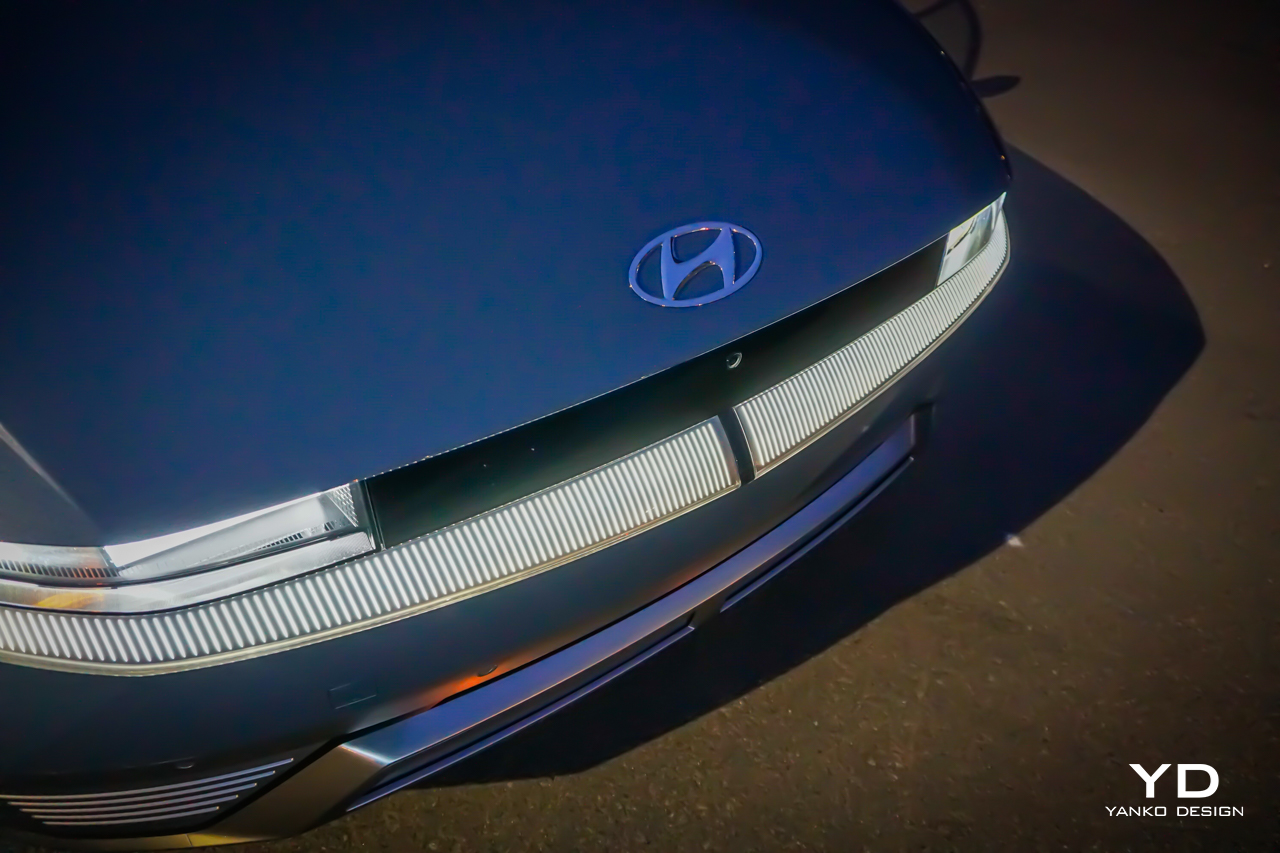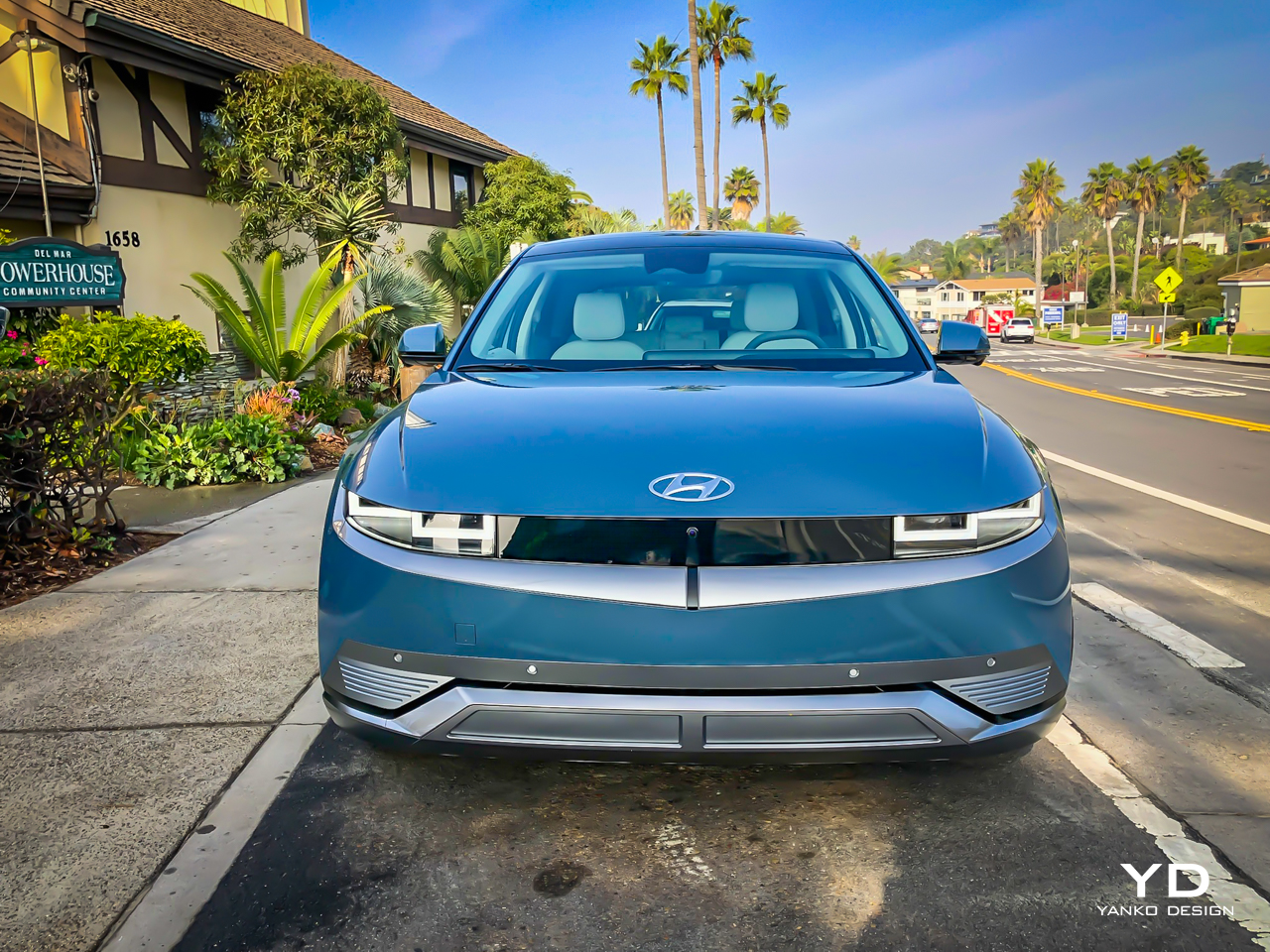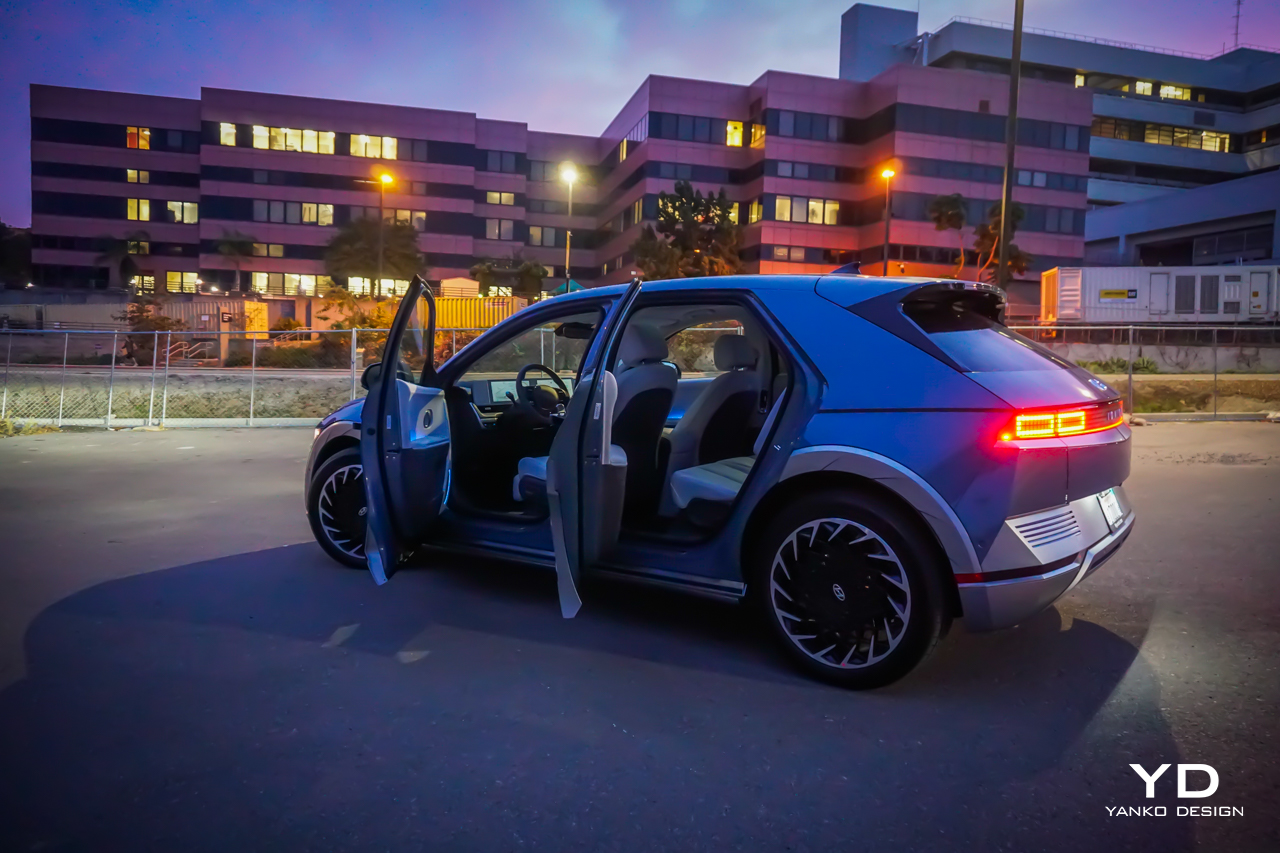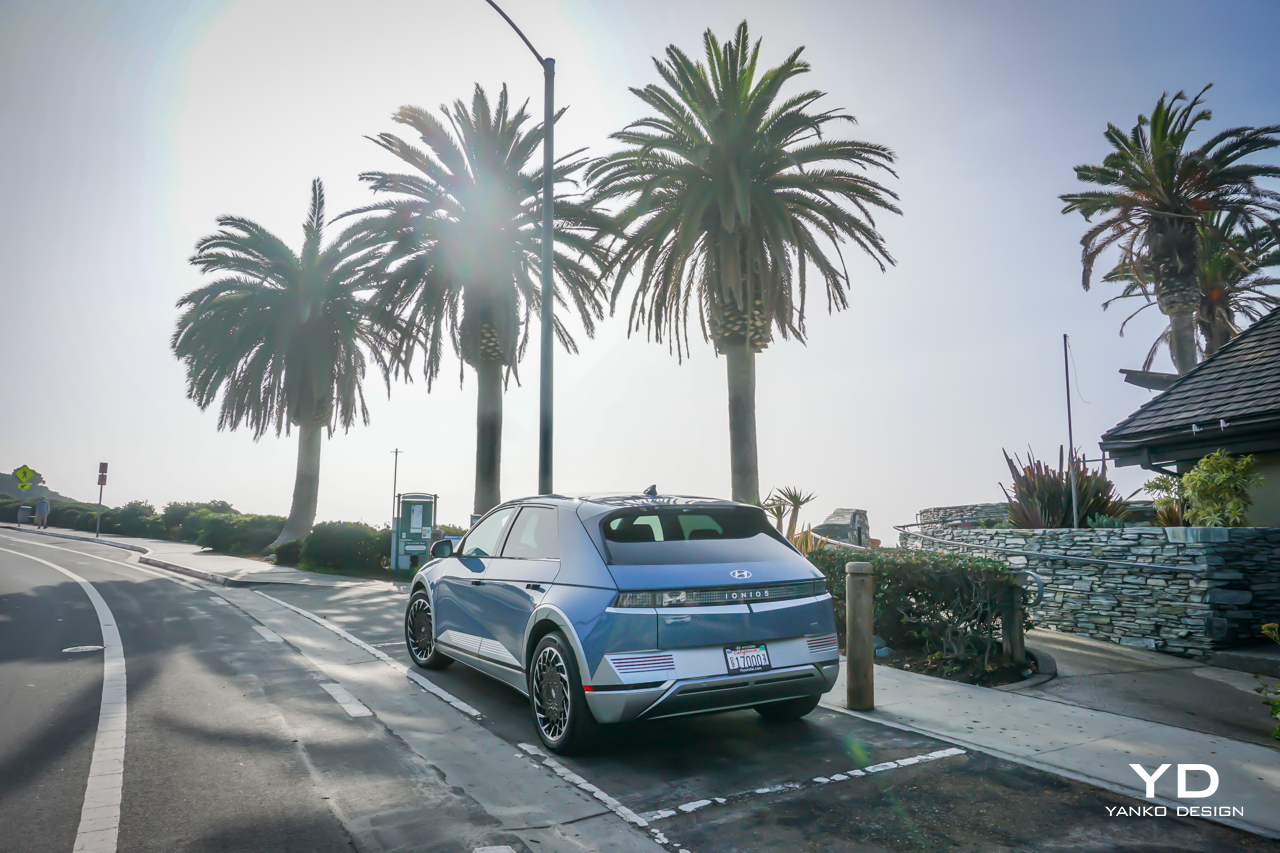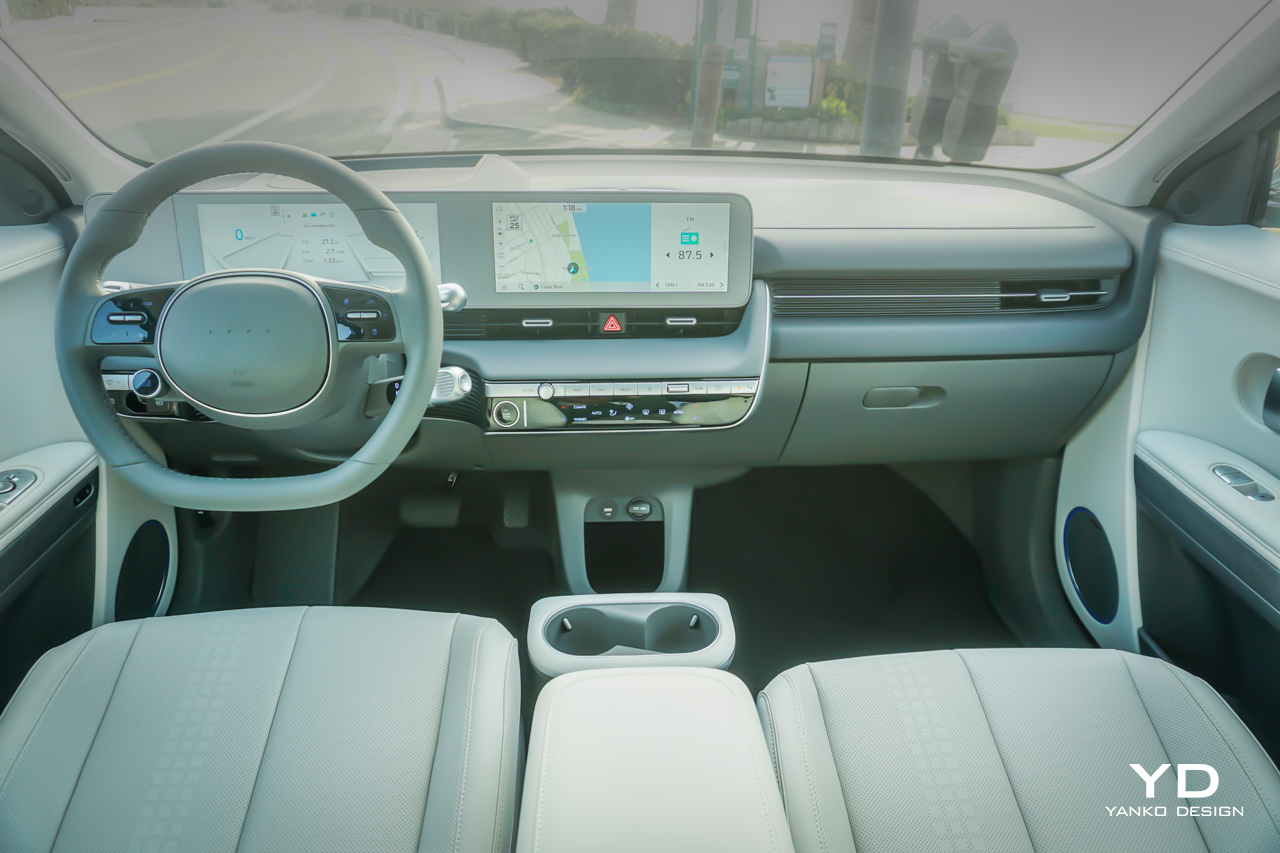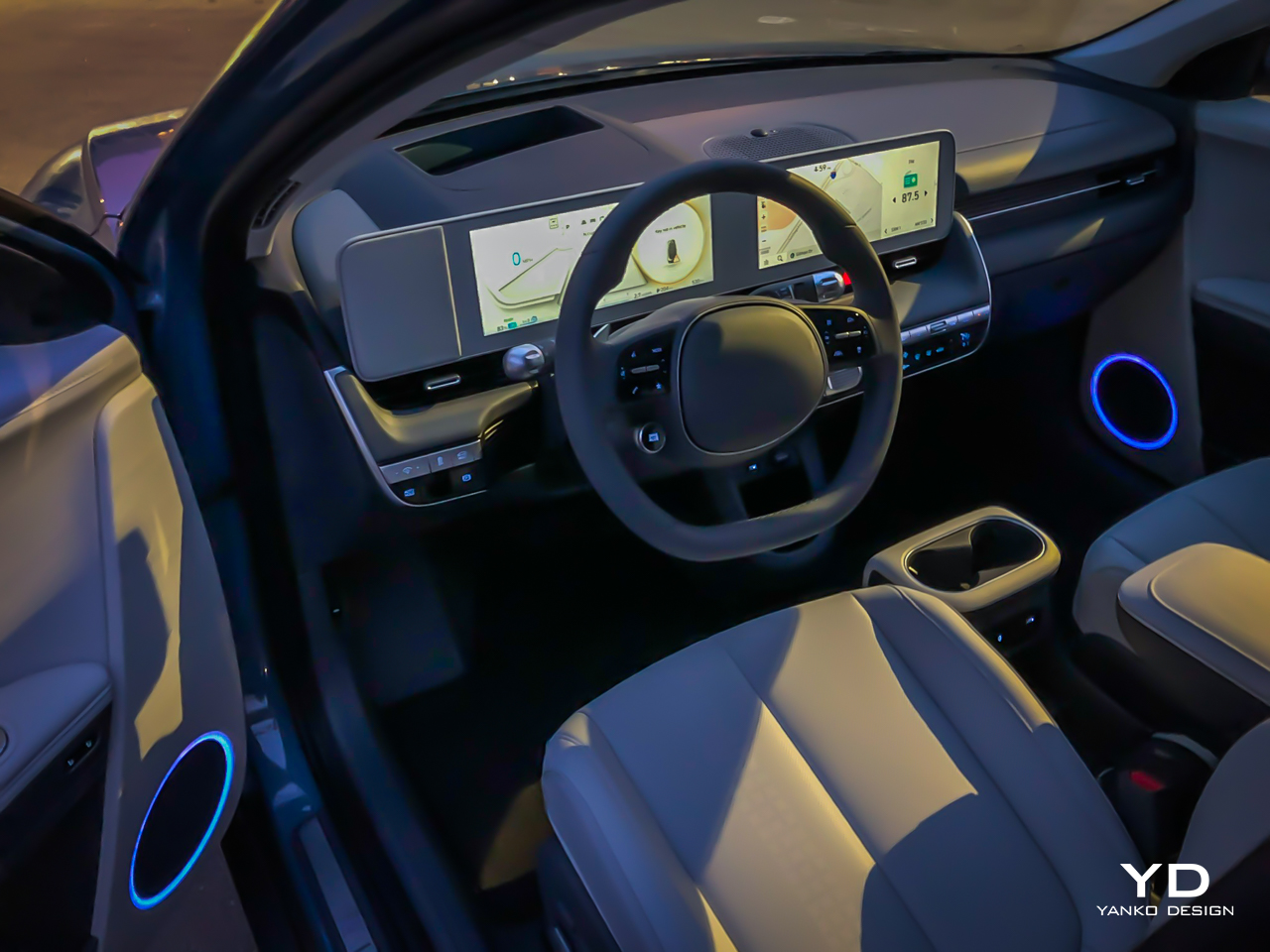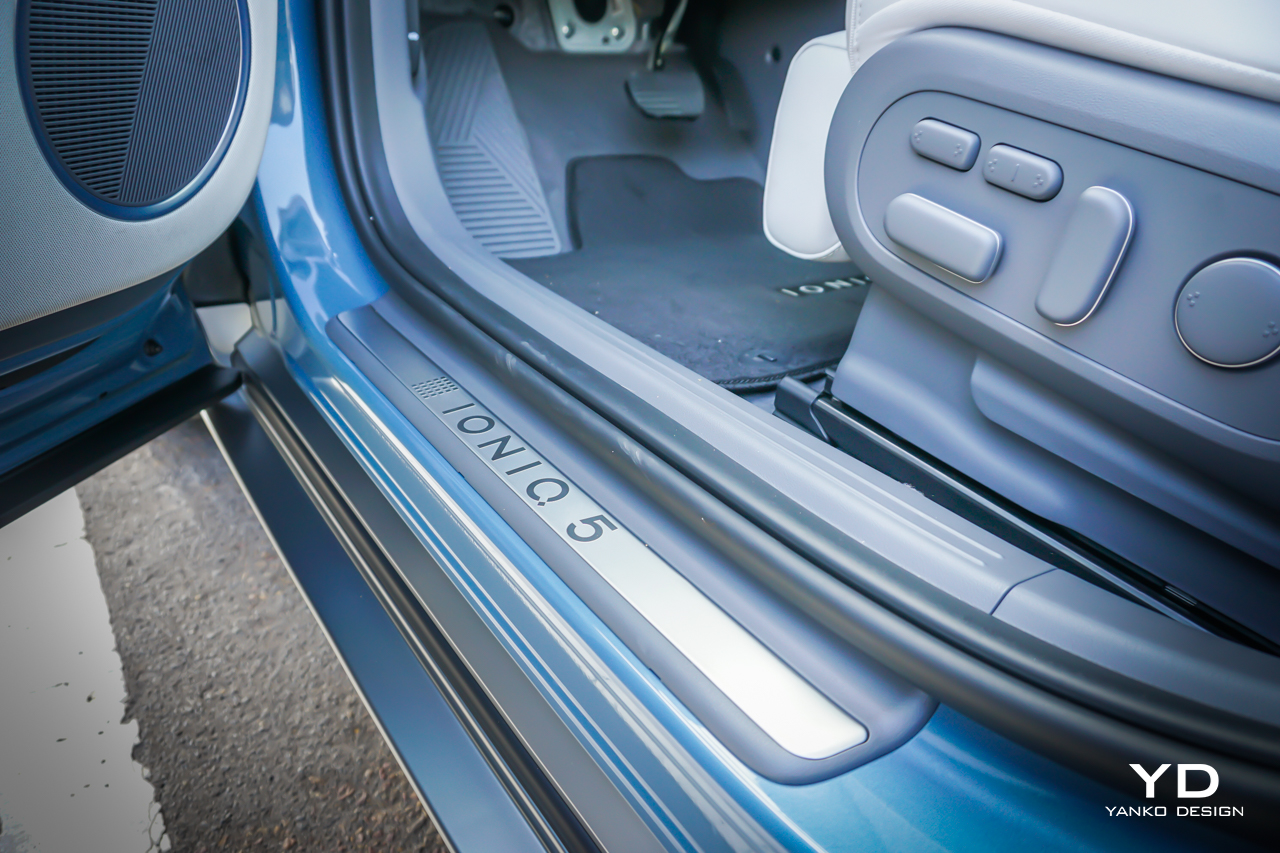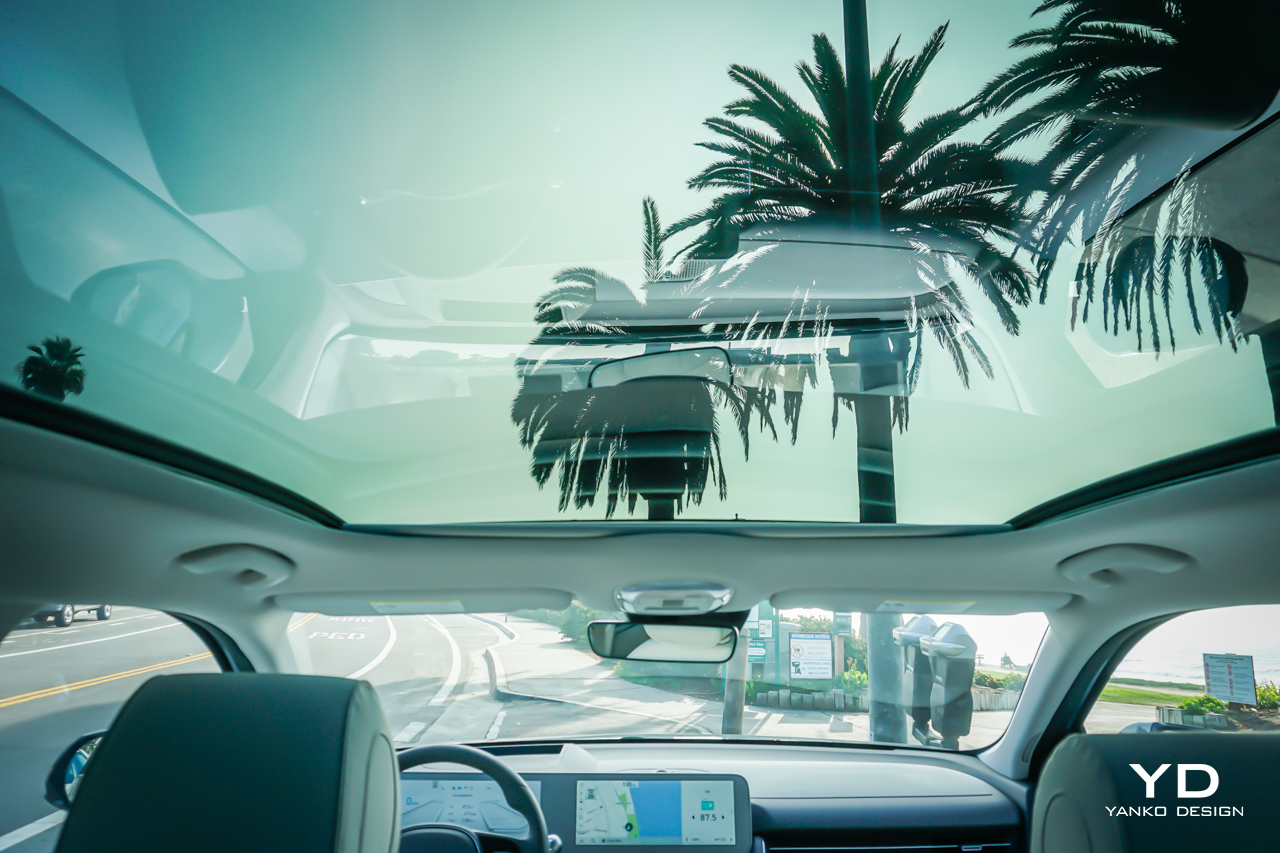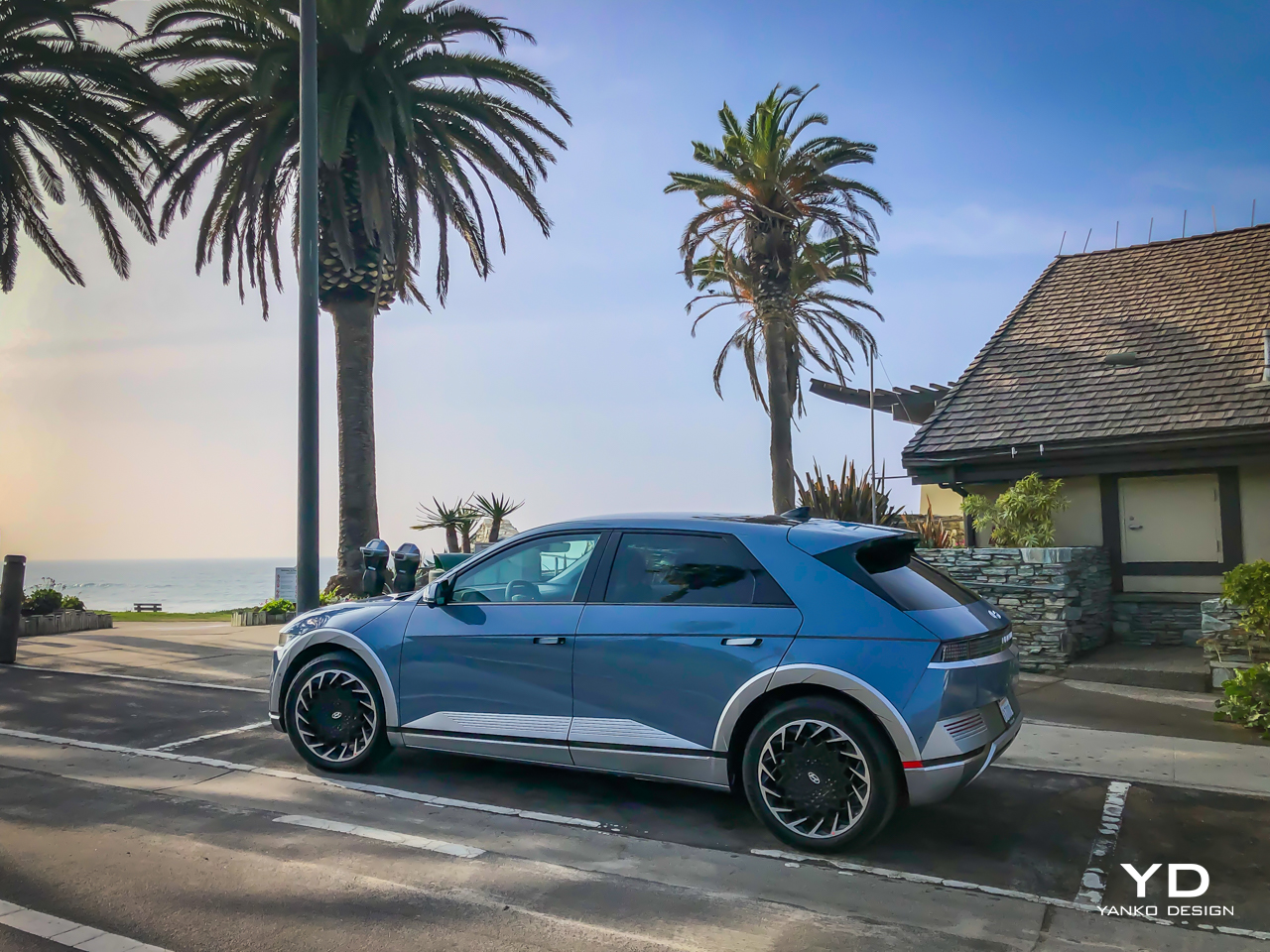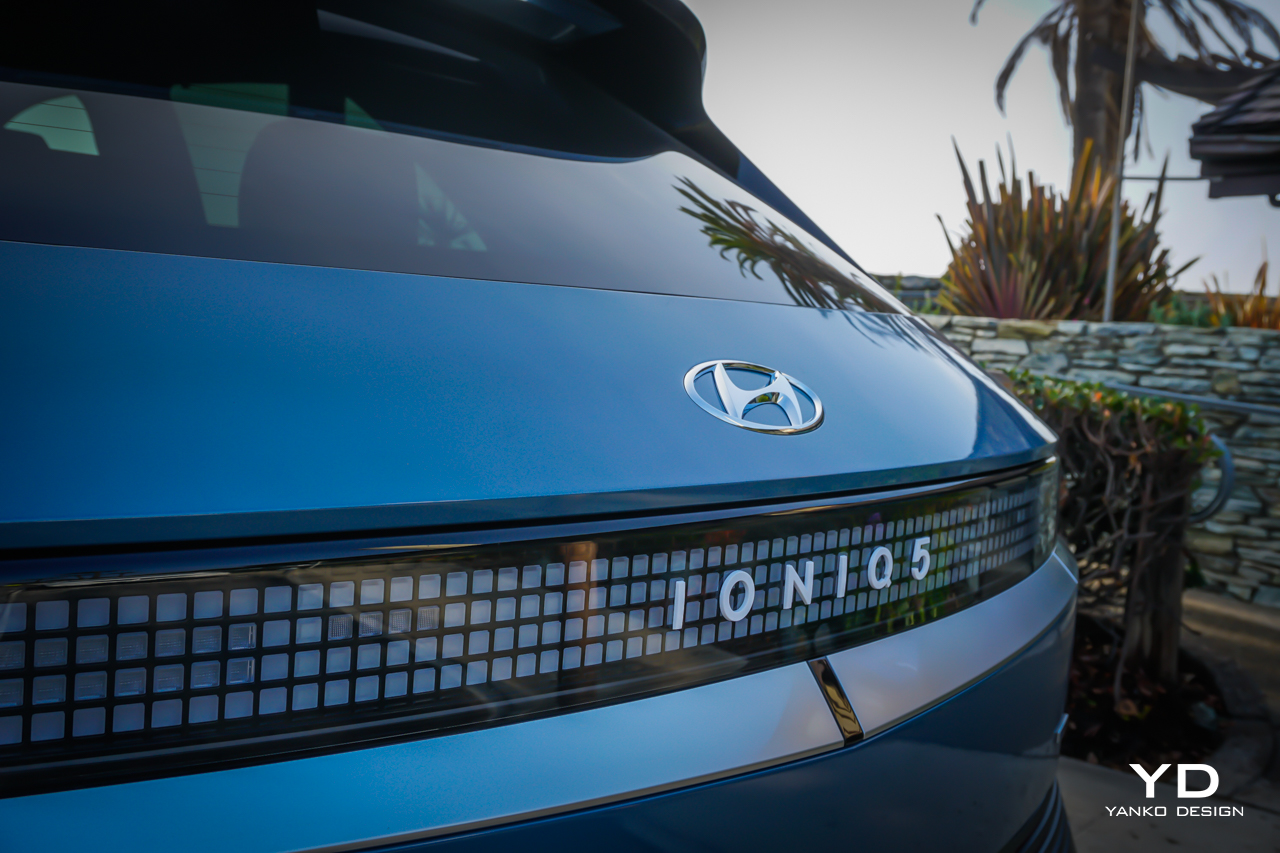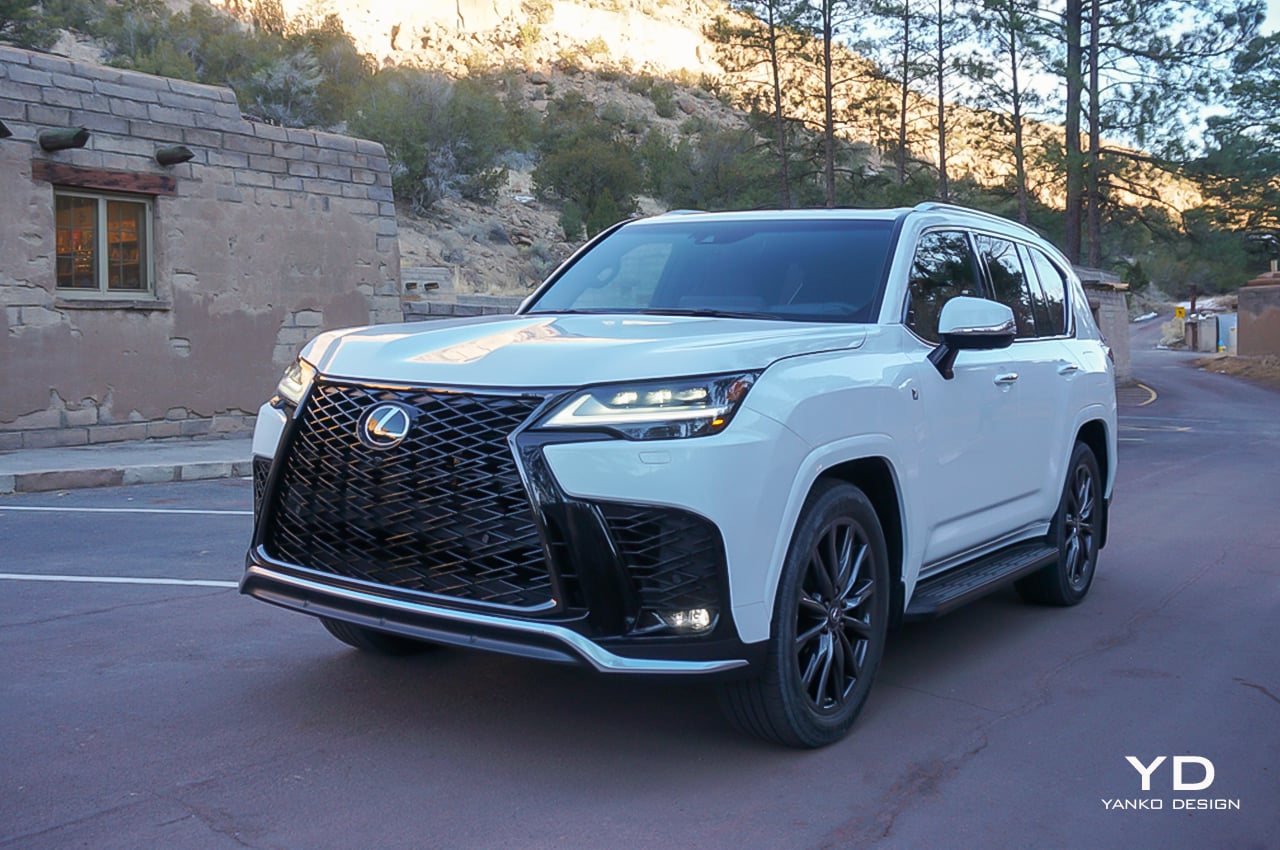
14 Years after the last-gen LX went on sale, the LX 600 arrives with style and substance.
The 2022 Lexus LX 600 has arrived, and we’ve recently gotten behind the wheel of Lexus’s new flagship luxury SUV. It took 14 years after the last LX went on sale—we were on the first iPhone—but this time around, the LX is doing double duty. While some markets will have a choice of the famously capable Toyota Land Cruiser, and its upmarket Lexus version in the LX 600, the U.S. and some regions only receive one wearing a Lexus badge. As it turns out, that may work out favorably. The new generation arrives with a choice five trim levels—previously it was three—and the entry-level LX is priced starting at $88,245, a tad more than the previous Land Cruiser.
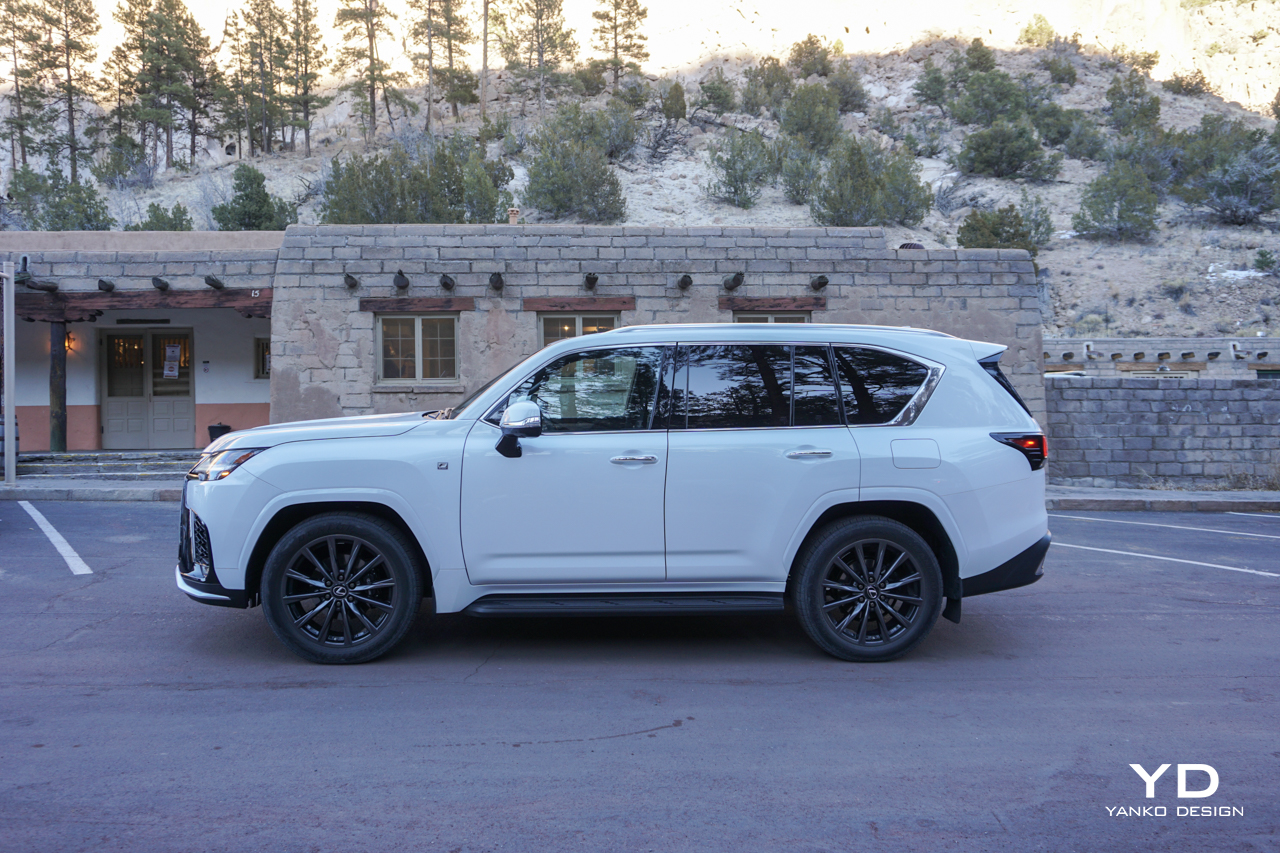
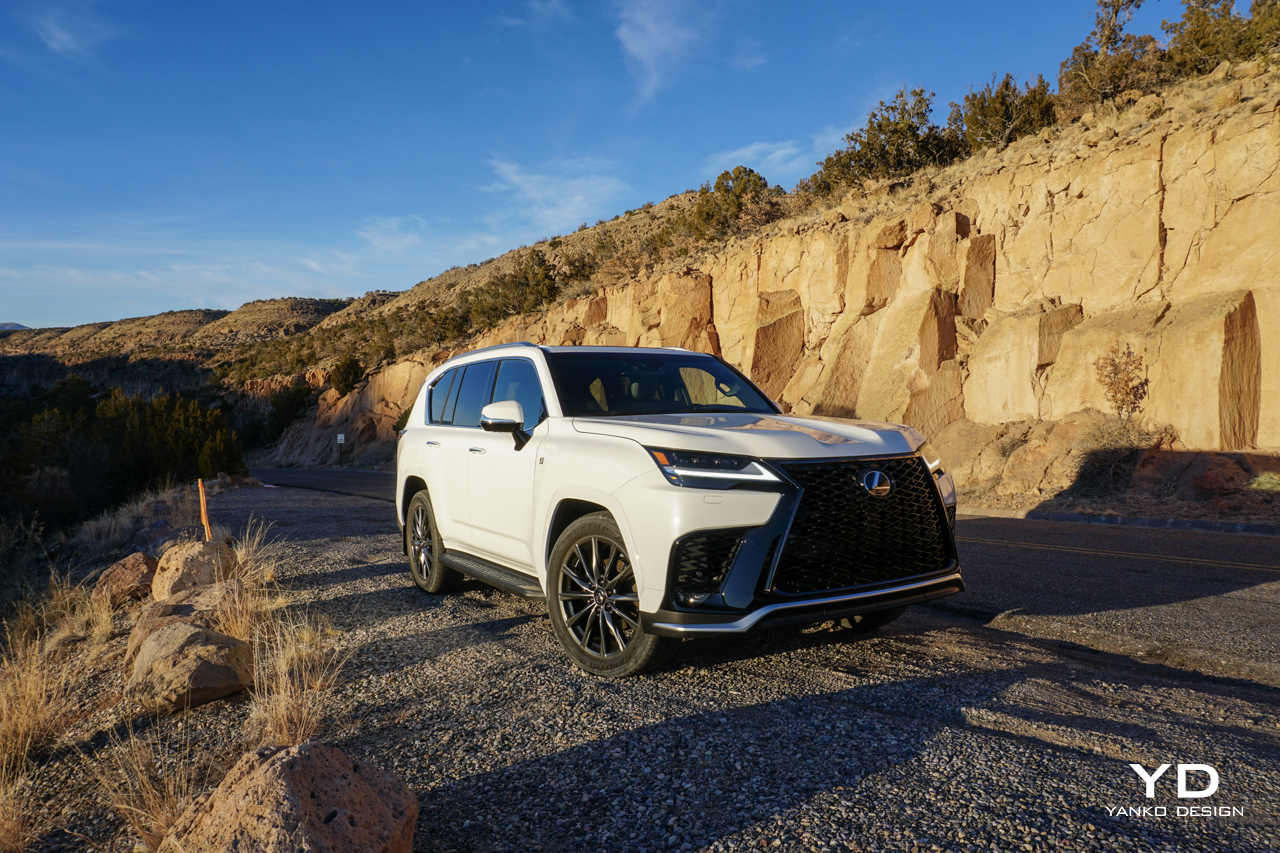
What’s New
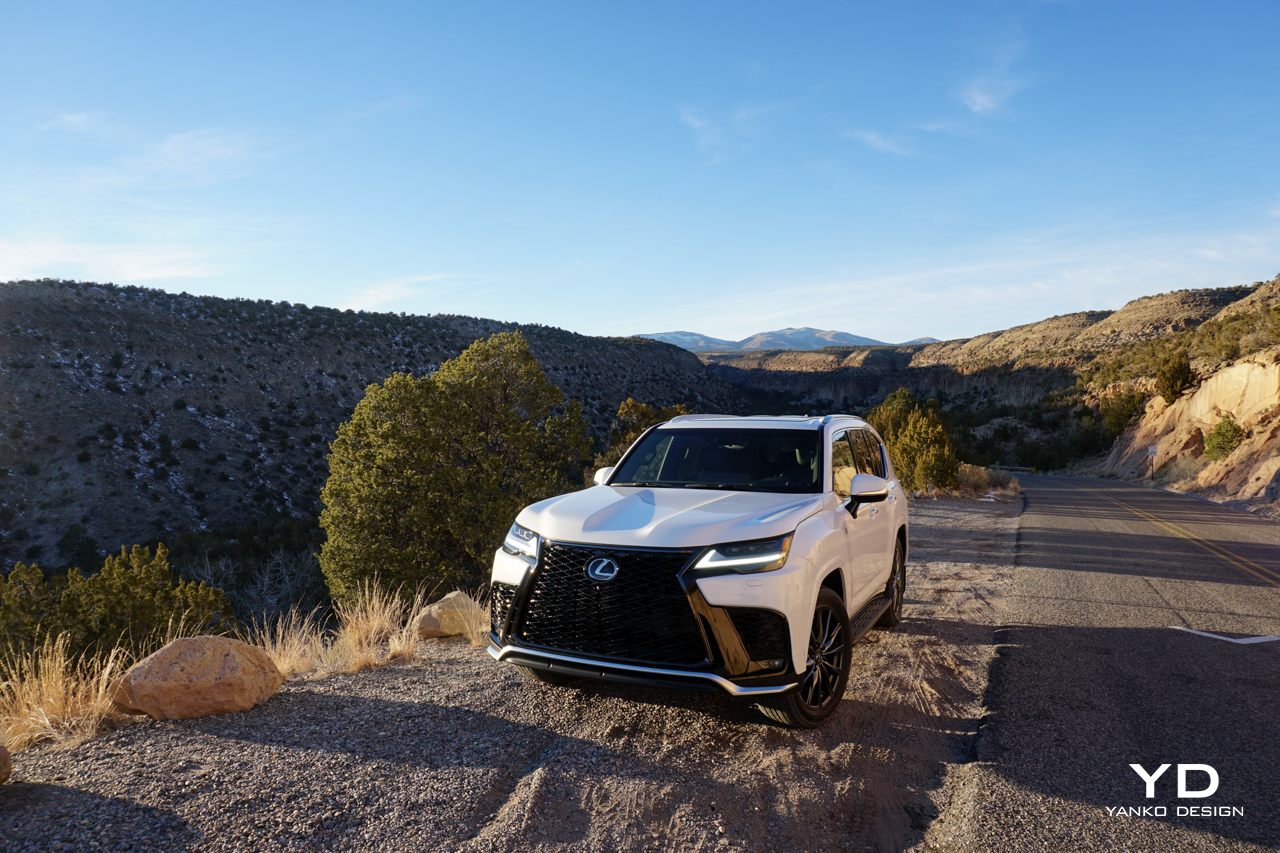
For starters, the LX 600 has moved onto a new body-on-frame platform, the rigid GA-F, one it shares with the Toyota Tundra. Despite this, it’s almost exactly the same size, same length, and about a half-inch wider. Powering the new luxury flagship is an athletic 3.5-liter twin-turbo V-6 engine. It replaces the storied 5.7-liter V-8, but actually bests the bigger engine’s output by 26 horsepower, and a very generous 76 pound-feet of torque. Importantly, fuel economy is improved substantially, up to 17 city/22 highway/19 combined, versus the LX’s thirsty predecessor and its 14 mpg combined EPA rating. This is in large part thanks to a 441 pound weight reduction, use of high-strength steel and that smaller engine block both paying dividends.
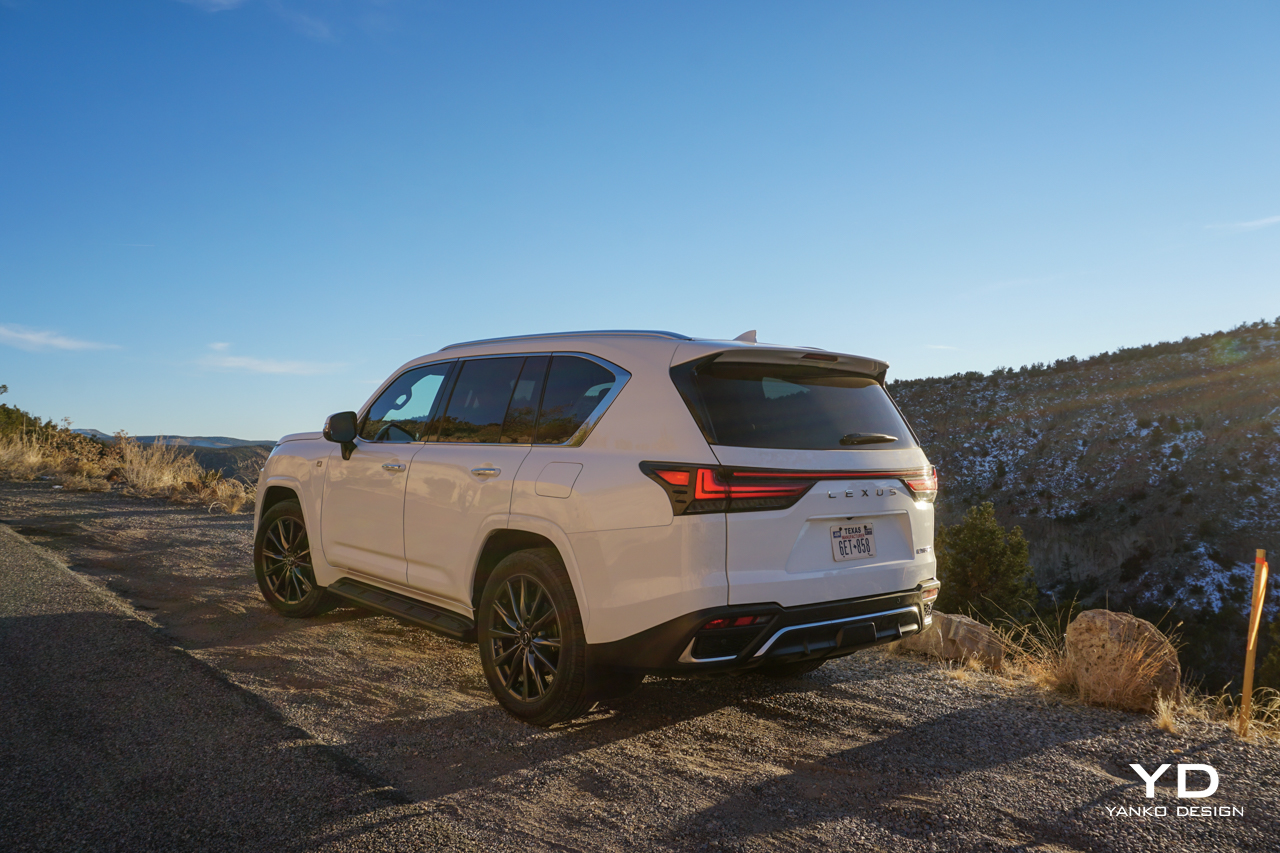
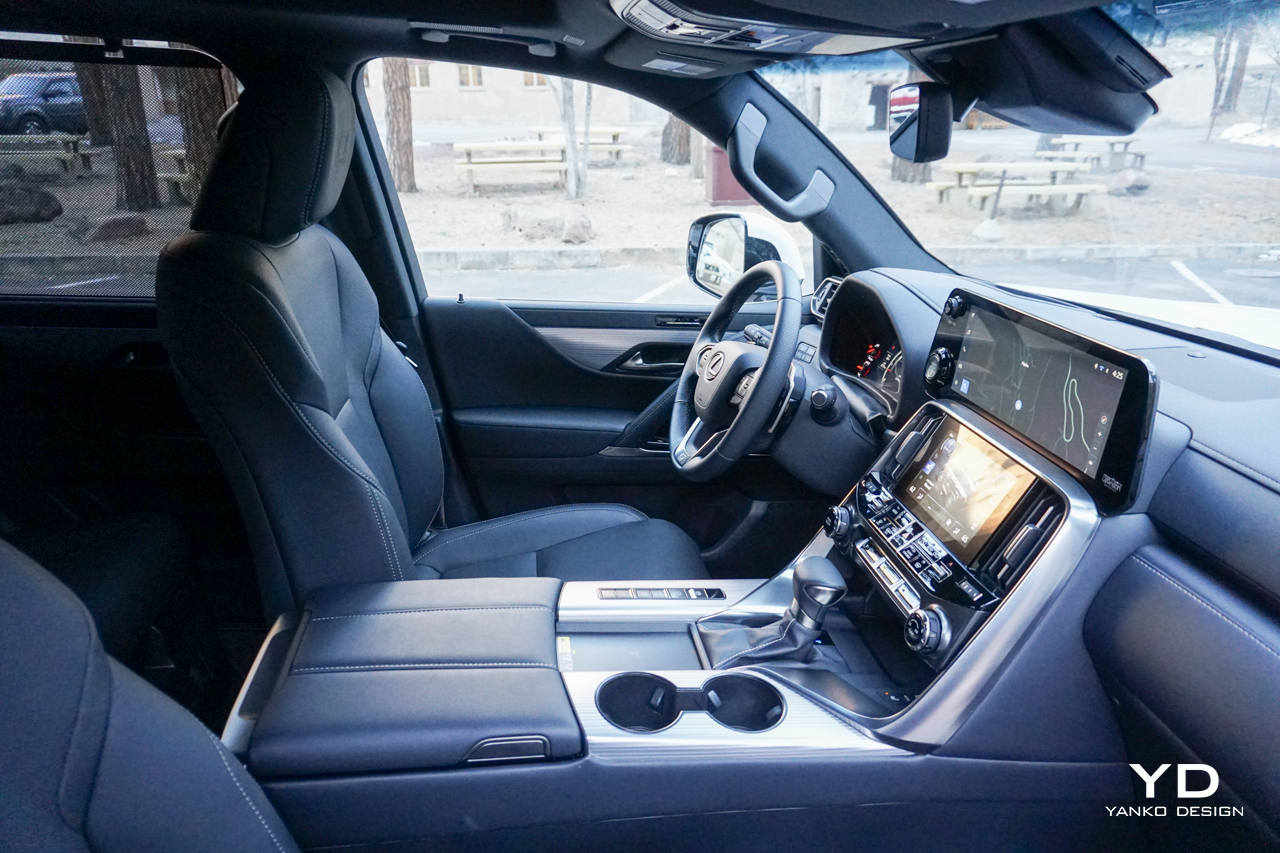
Apple Carplay and Android Auto are now standard, and the interior is flush with tech and luxury that were notably less pronounced on the previous generation. In addition to the 12.3-inch touchscreen that displays cameras and infotainment, there’s a 7-inch touchscreen stacked just below showing driving mode and climate information.
A Voice Assistant feature is meant as the main mode of interaction with the multimedia and infotainment options, though key buttons and the touchscreen remain at the ready to facilitate traditional use of those features. We briefly sampled the Voice Assistant, and found it to be thankfully intuitive and easy to use, though we appreciate physical buttons and controls remaining in the cabin.
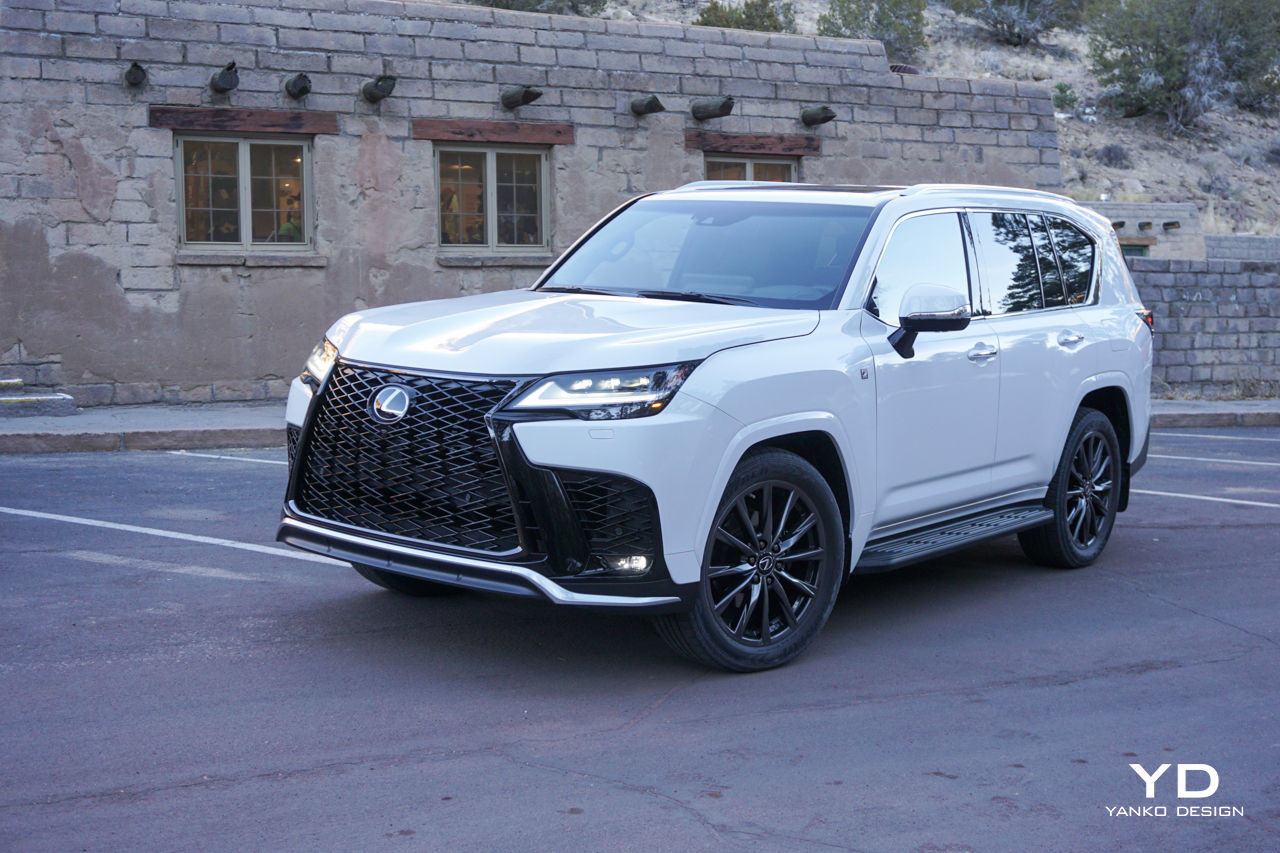
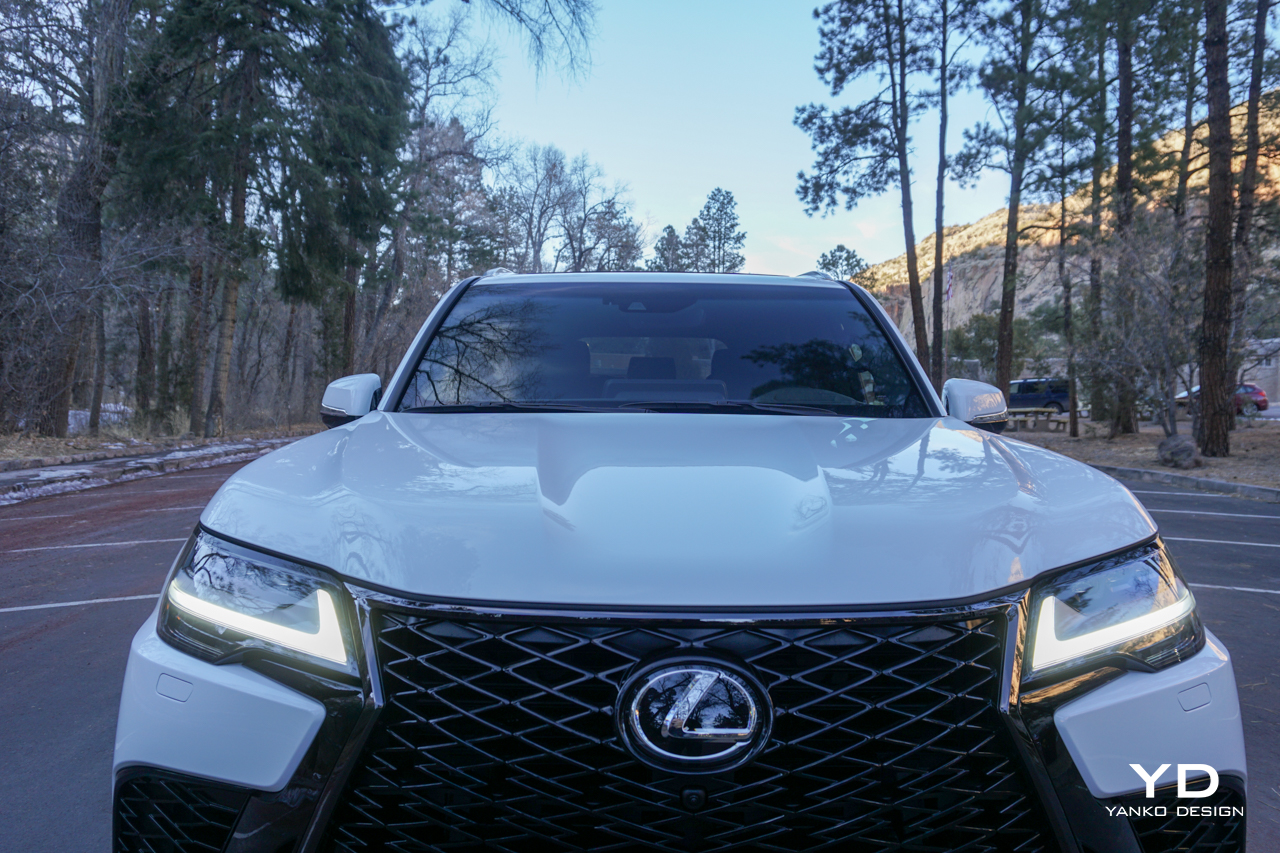
Design
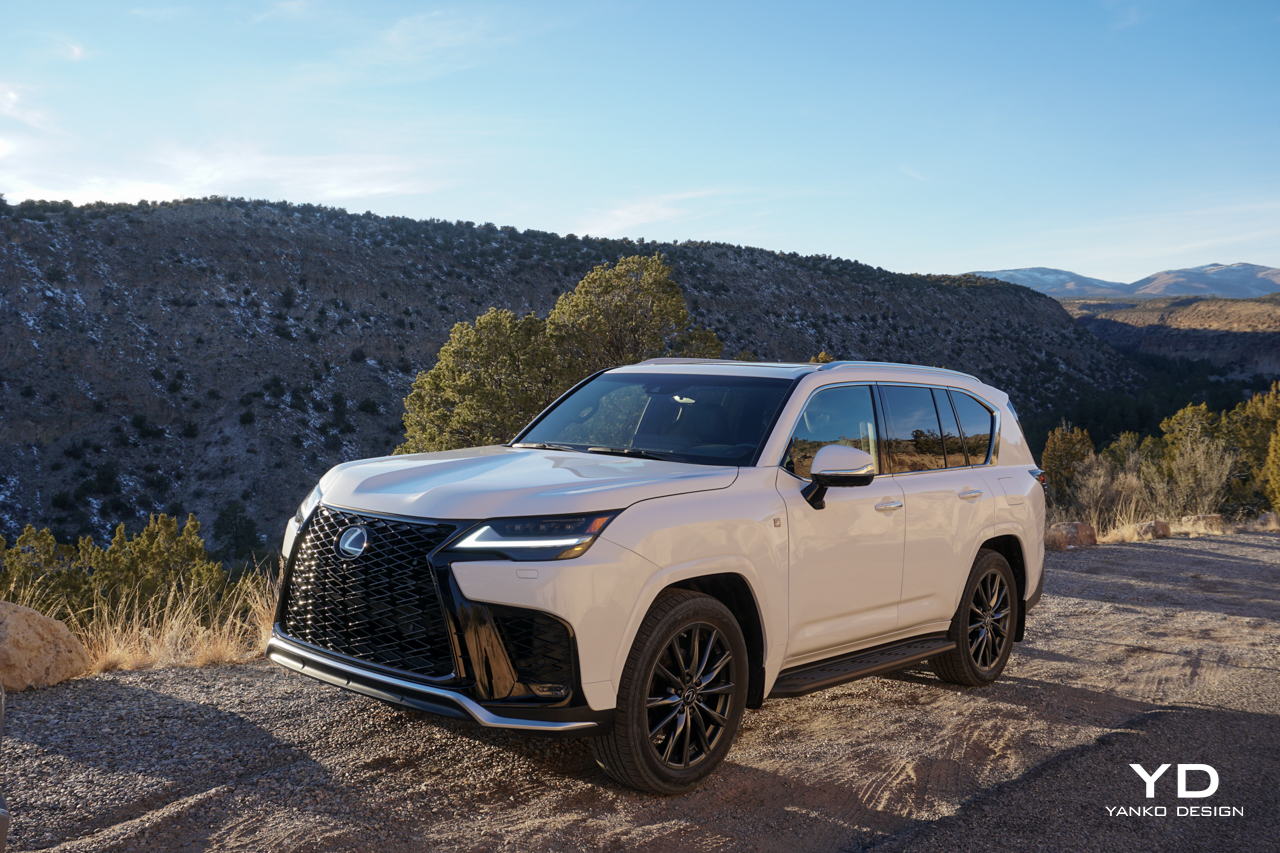
The LX’s tough, refined-but-brawny aesthetic remains, though there is a little variance in styling throughout the trim levels. There are three grille options, including a spindle grill with seven sets of “floating bars,” evenly spaced, with the gaps acting as vents to cool the engine. The new headlamps feature an L-shaped clearance and daytime running lamp that boasts a three-dimensional design, one that can give a sense of depth when viewed from different angles. The L-shaped LED gives off a sharp modern, technical impression.
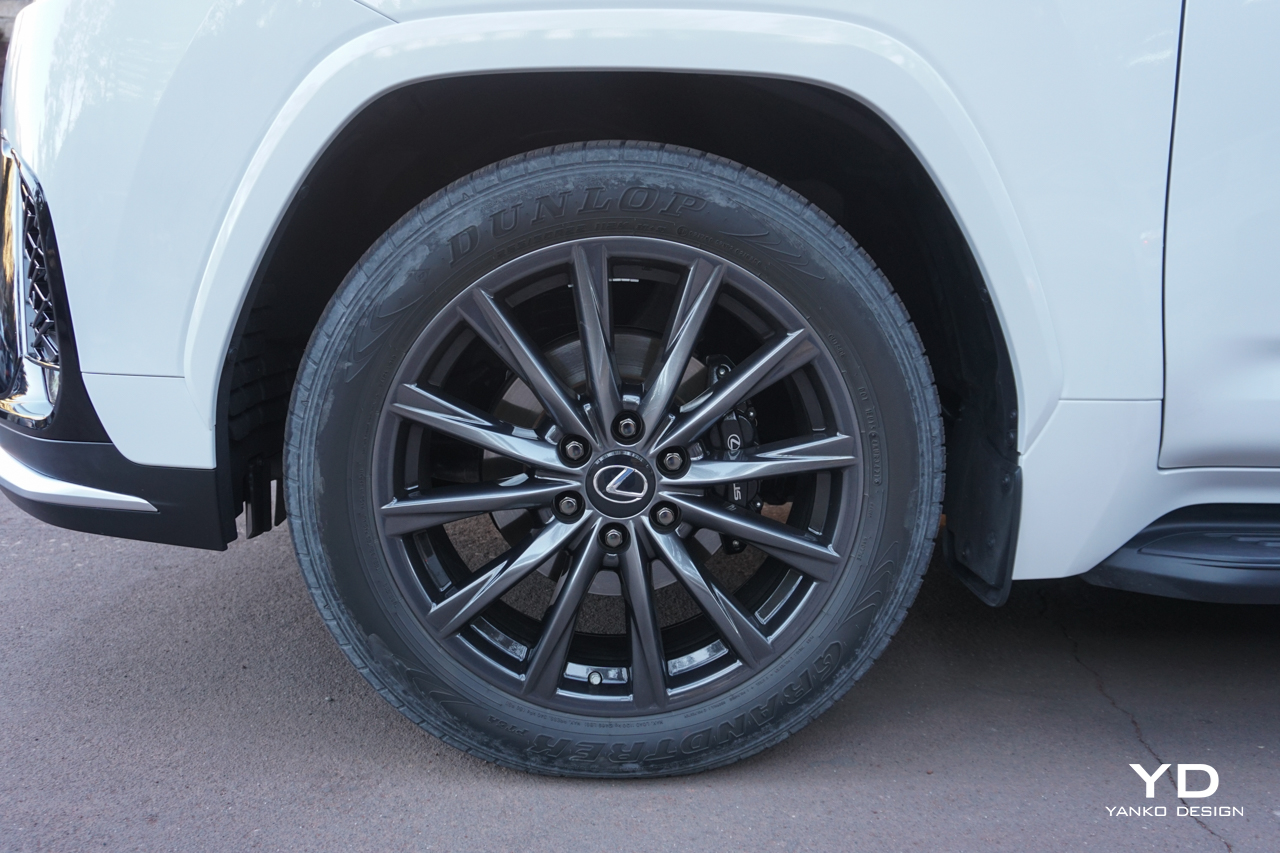
Wheels range in size from 18 inches up to 22 inches like on the F-Sport we’re driving, the largest found on any Lexus. A base two-row five-seater LX acts as the entry-level model, but Lexus tells us this will make up only about five percent of sales. The Premium grade will be the primary one buyers opt for, and this new F-Sport model adds distinct design, features, and handling. A unique F mesh blacked-out grille—this might be the best looking grill on the new LX—those upsized 22-inch aluminum-forged alloy wheels, and uniquely-tuned front and rear dampers are a few of the features. A Luxury model rounds out the three models with three-row power-folding seating for seven, while a new Ultra Luxury model represents the pinnacle of the range, with exceptional interior design.
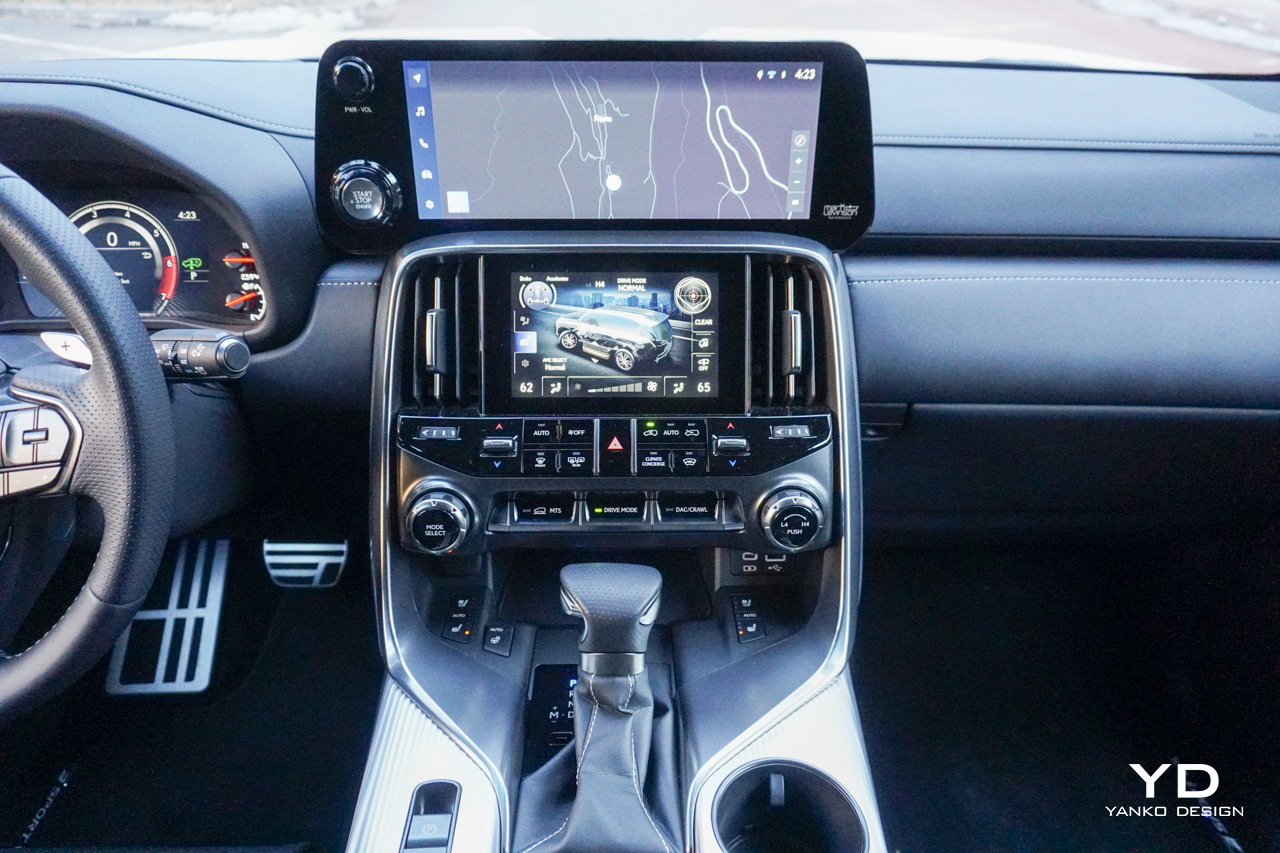
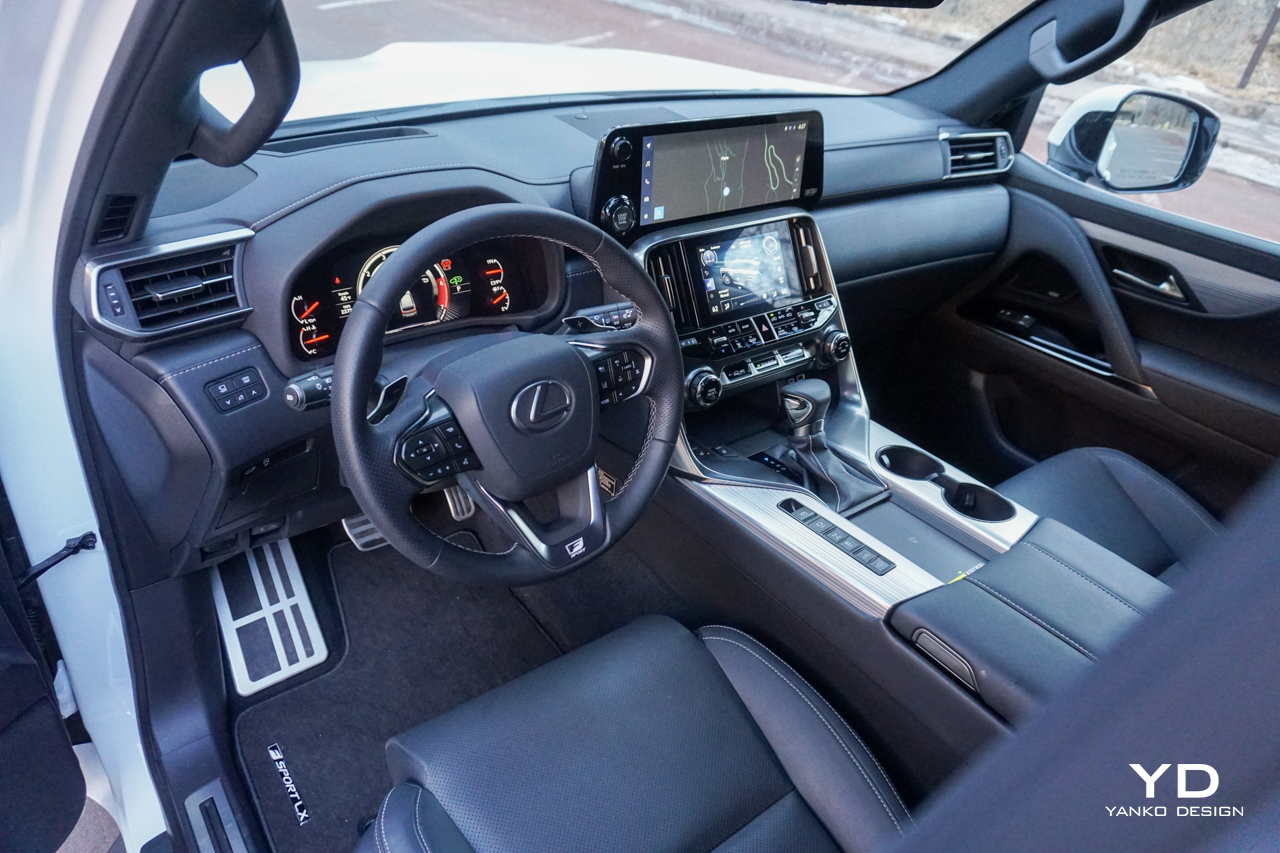
The Ultra Luxury, which starts at $127,345 and climbs, features two rows, and the best seat in the house may be in the rear, one which we happily sampled. There, a pair of sumptuous captain’s chairs offer an opulent in-car experience. They can slide forward, recline up to 48-degrees, and boast a generous 43 inches of legroom. The headrests are curved, and the rear can serve as a place to get work done on the go, or rest. They’re also designed to cosset and suppress unwanted movement. A reading light, sunshades, and rear seat display come standard. A 25-speaker, 2,400 watt surround sound Mark Levinson audio system adds to a sumptuous, indulgent environment. The focus on the rear here gives Lexus enthusiasts an alternative to the Maybach GLS, or twice-the-price Range Rover SVAutobiography, though those offer a notch of refinement more, to our eye. We don’t know how much off-roading the Ultra Luxury customers will do, but the LX offers an upgraded experience from the previous-gen there, as well.
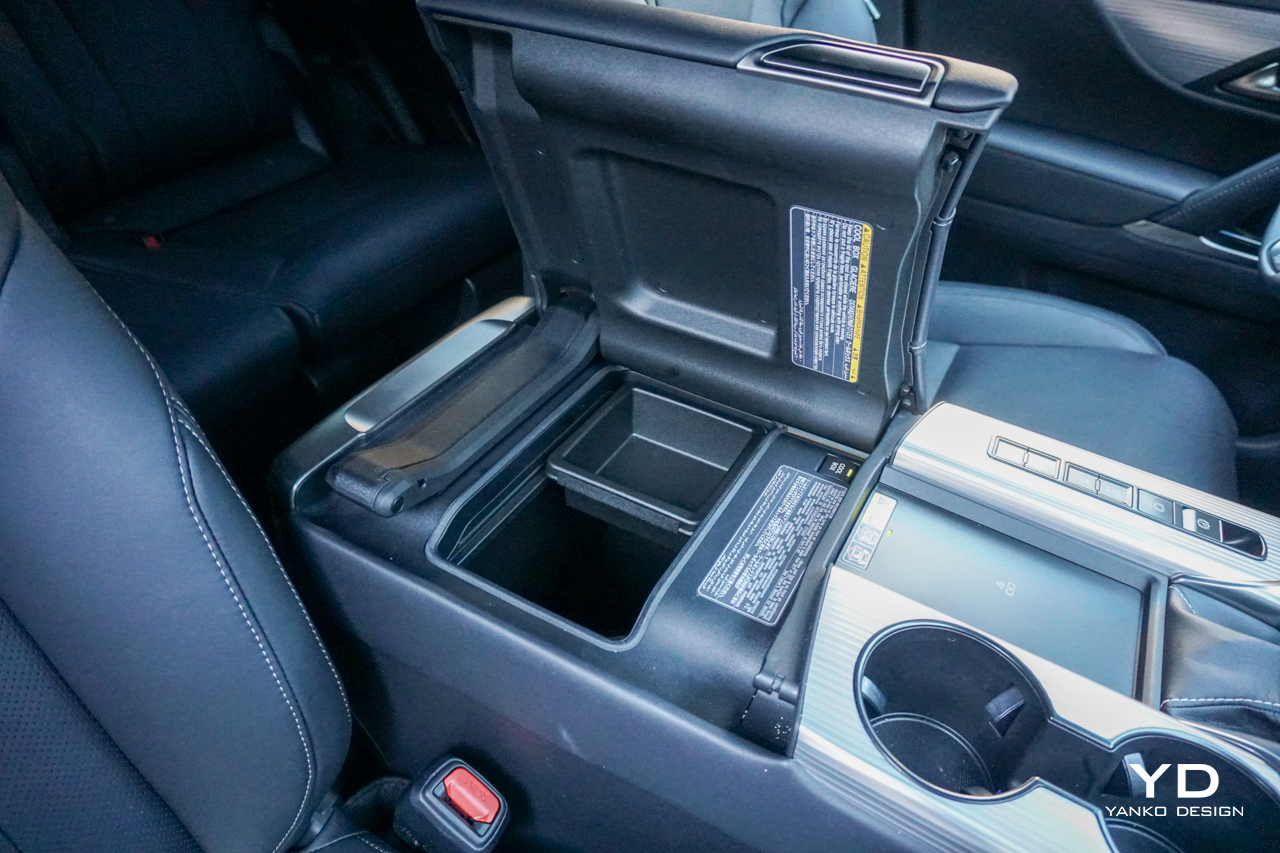
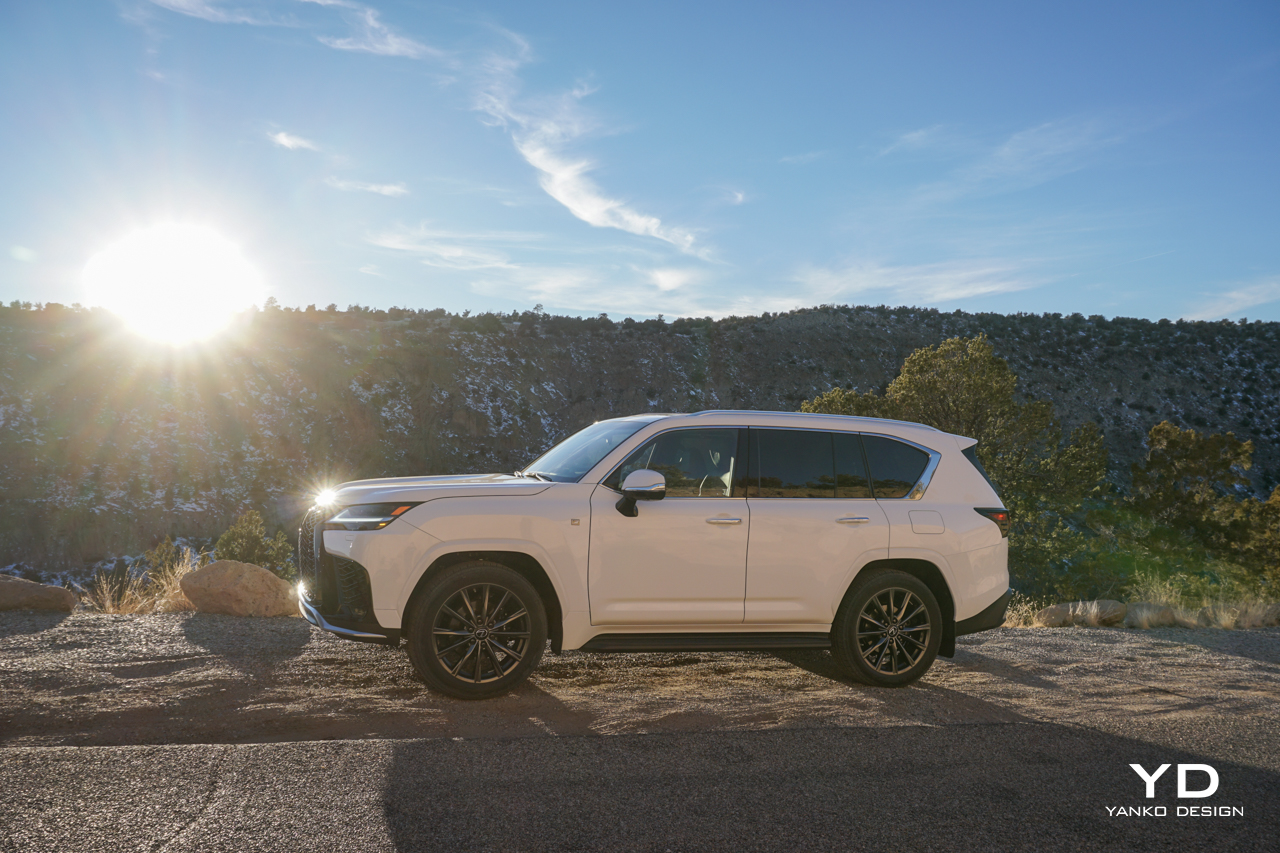
The Drive
As we wind up the road to Bandelier National Monument, the 2022 Lexus LX 600 F-Sport’s 10-speed automatic transmission is shifting seamlessly through the gears, proving deceptively nimble for a brawny, luxe-tank required to be able to tow 8,000 pounds. These rugged, beautiful New Mexican canyons and plateaus look as if they may have changed little since the Ancestral Puebloan communities thrived here. The Lexus LX 600 on the other hand, has undergone quite a significant metamorphosis.

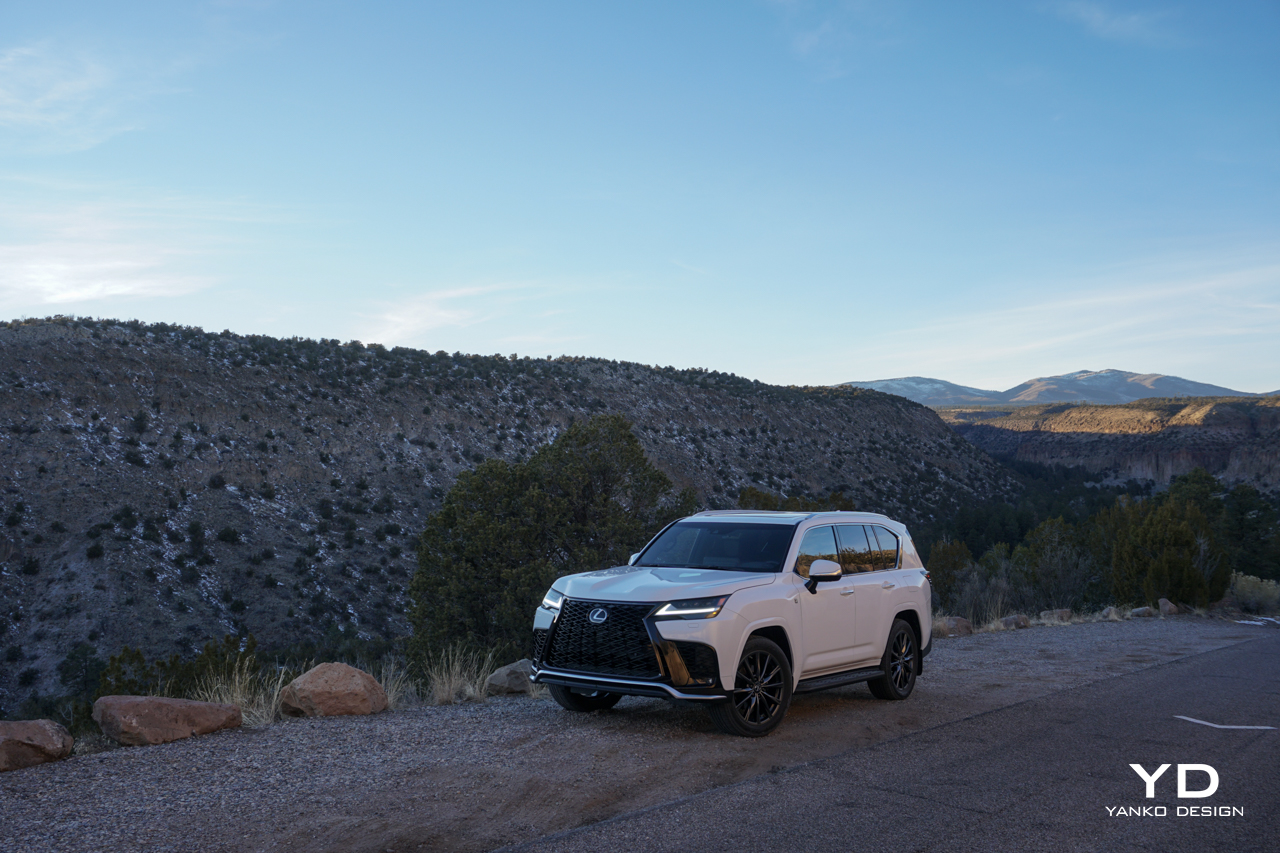
To test out the LX’s off-road chops, we get into a Luxury model, the trim that is likely to be the best-seller of the five, along with Premium. We climb a steep dirt road in the foothills of the Sangre de Cristo mountains, the crawl control feature on the 2022 Lexus LX 600 is making easy work of a seemingly daunting climb. As we come up to a ridge, the high-res front view camera displayed on a 12.3-inch touchscreen alleviates the uncertainty of what’s below. Noting the steep descent, I switch the crawl control’s speed setting with the turn of a dial from level three down to two. A downhill-assist feature automatically controls hydraulic pressure on the brakes for a stable descent, as I navigate a narrow split through the trees. The new LX is loaded with space-age tech that can make even the least-experienced off-roader navigate challenging terrain.
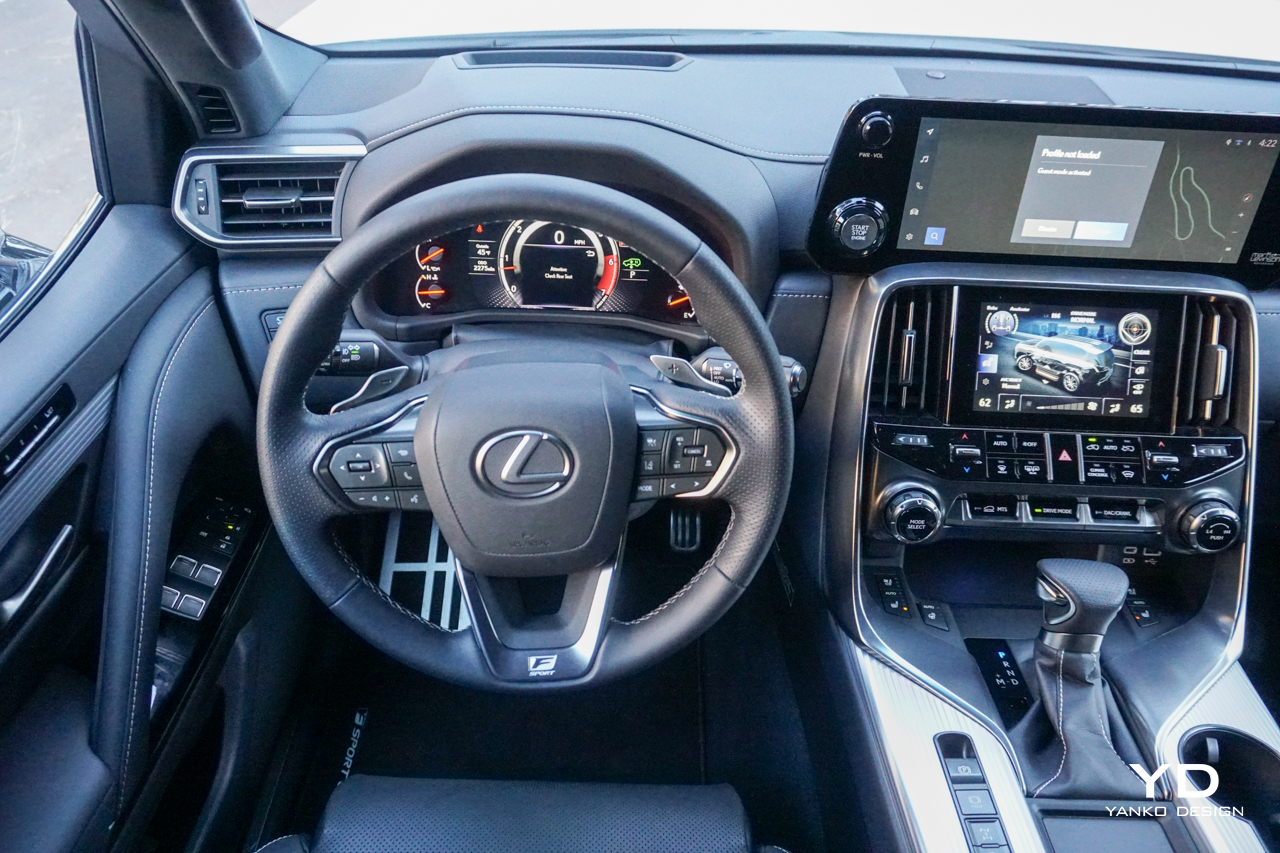
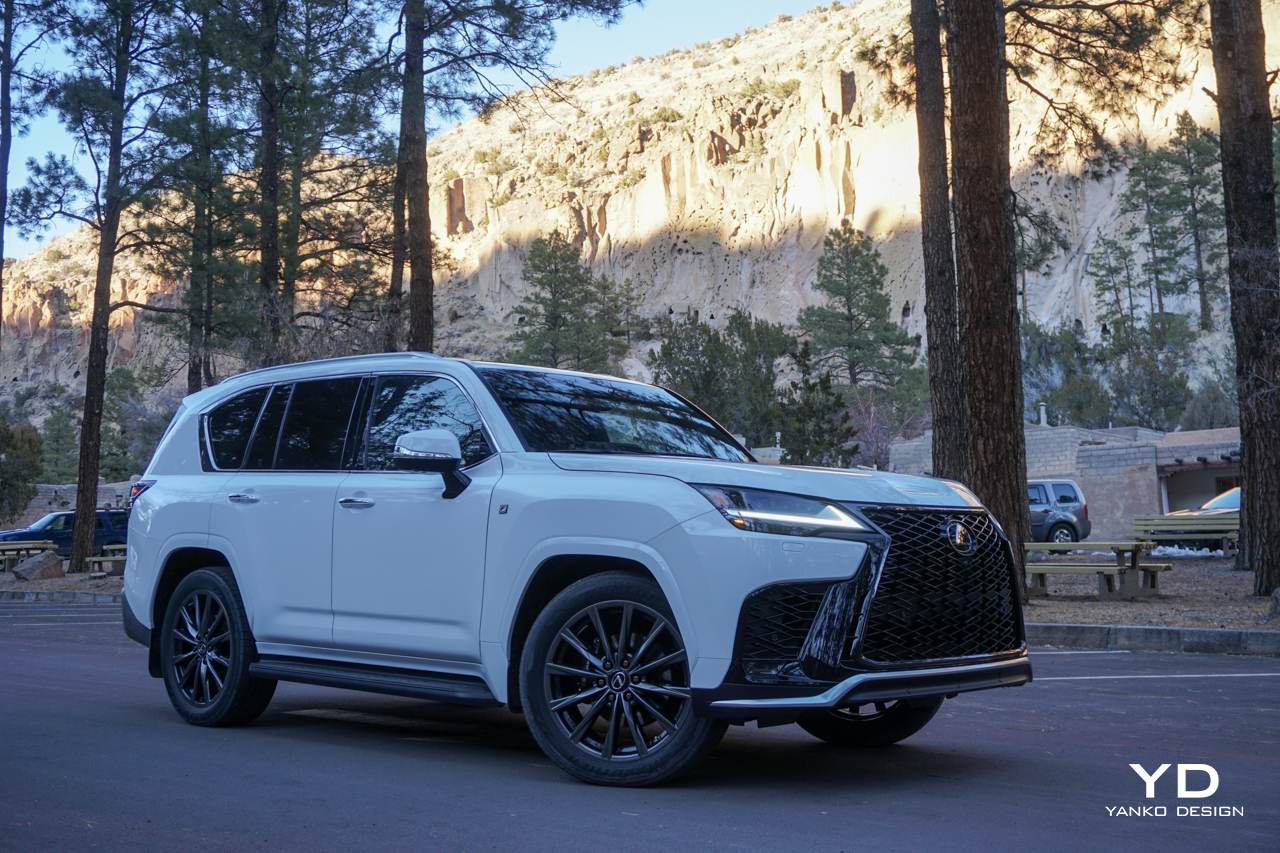
Our Take
While it may have taken a while for Lexus to deliver a new generation of the Lexus LX luxury flagship, the new truck proves the adage that good things are worth waiting for. With fresh design boasting some variety through the five grades, a new platform, powerful and more efficient engine, smooth 10-speed automatic transmission, ample cutting-edge tech, and an Ultra Luxury model, the LX 600 has arrived loaded with appeal, and in luxurious style.
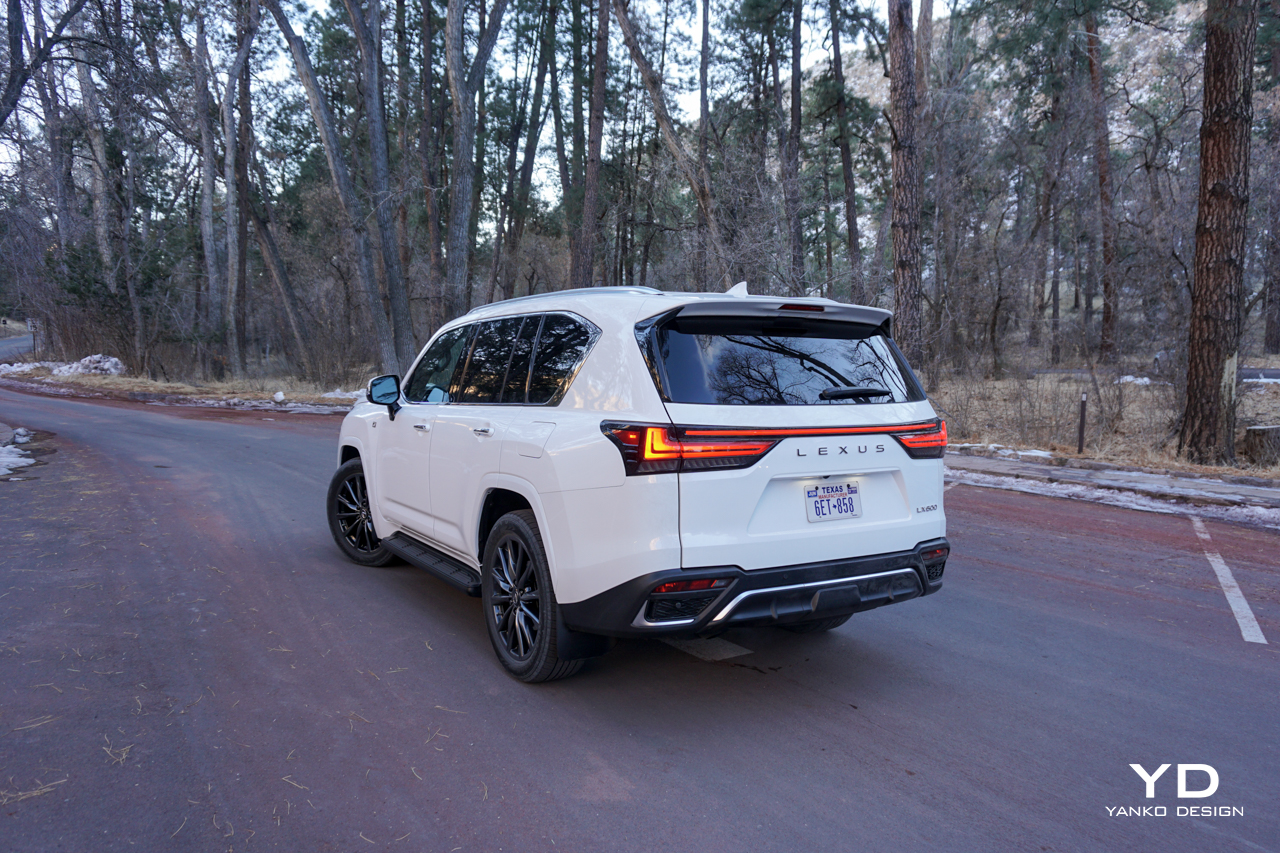
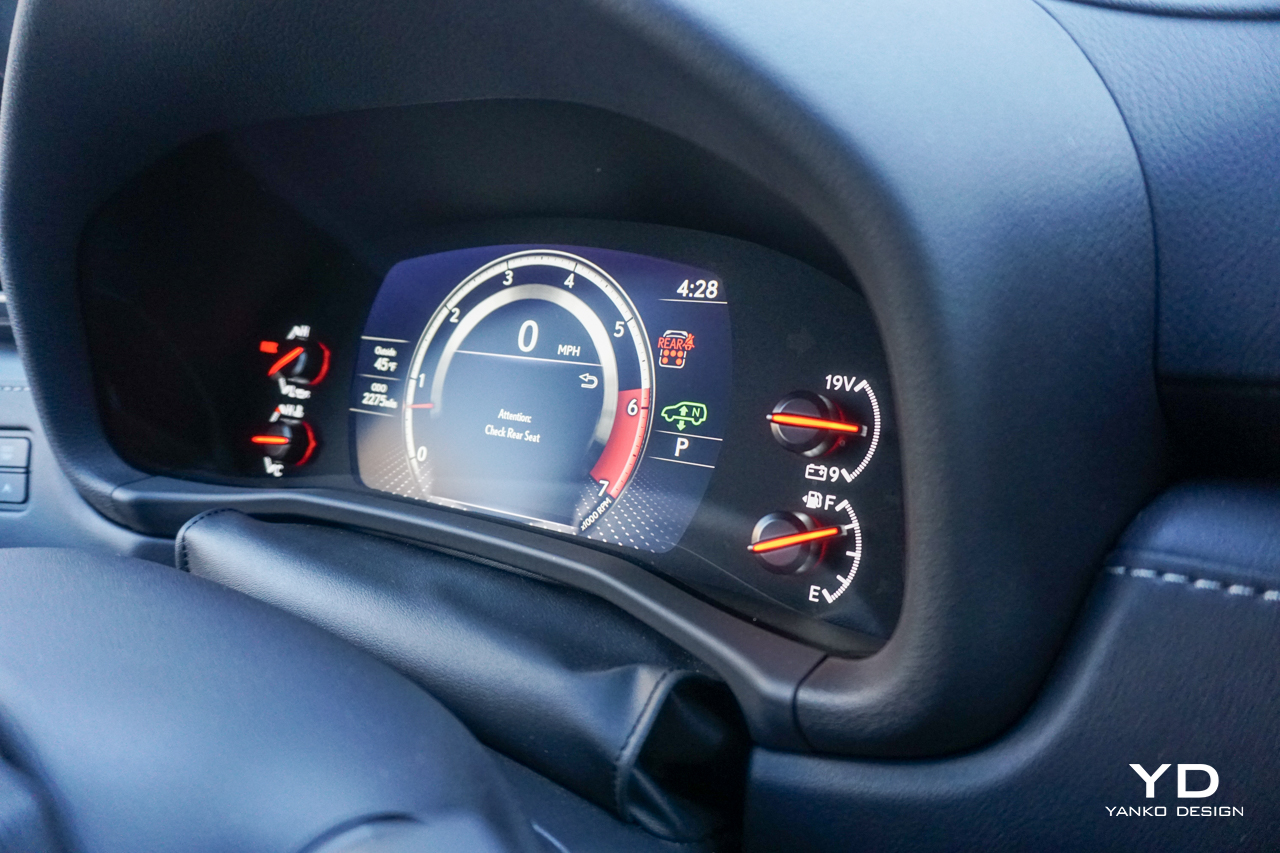
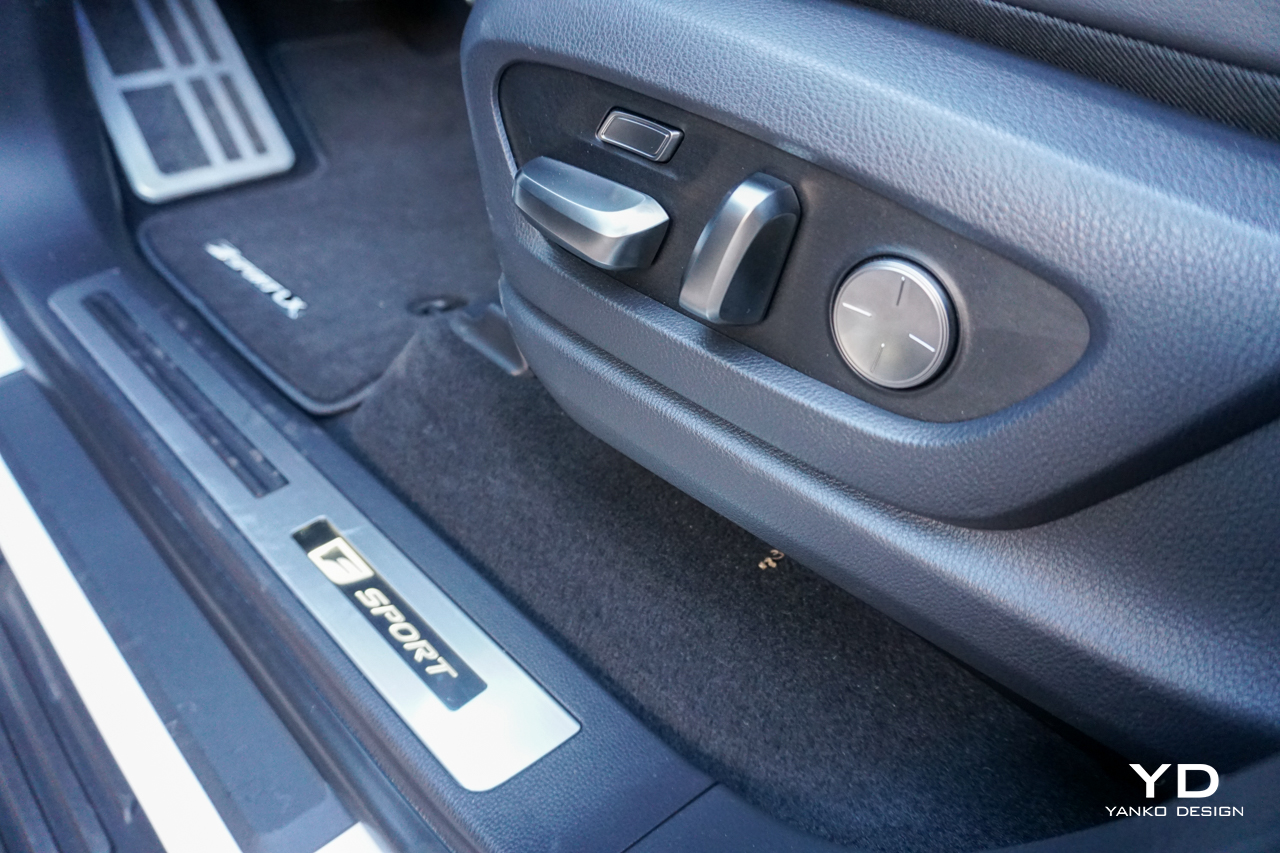
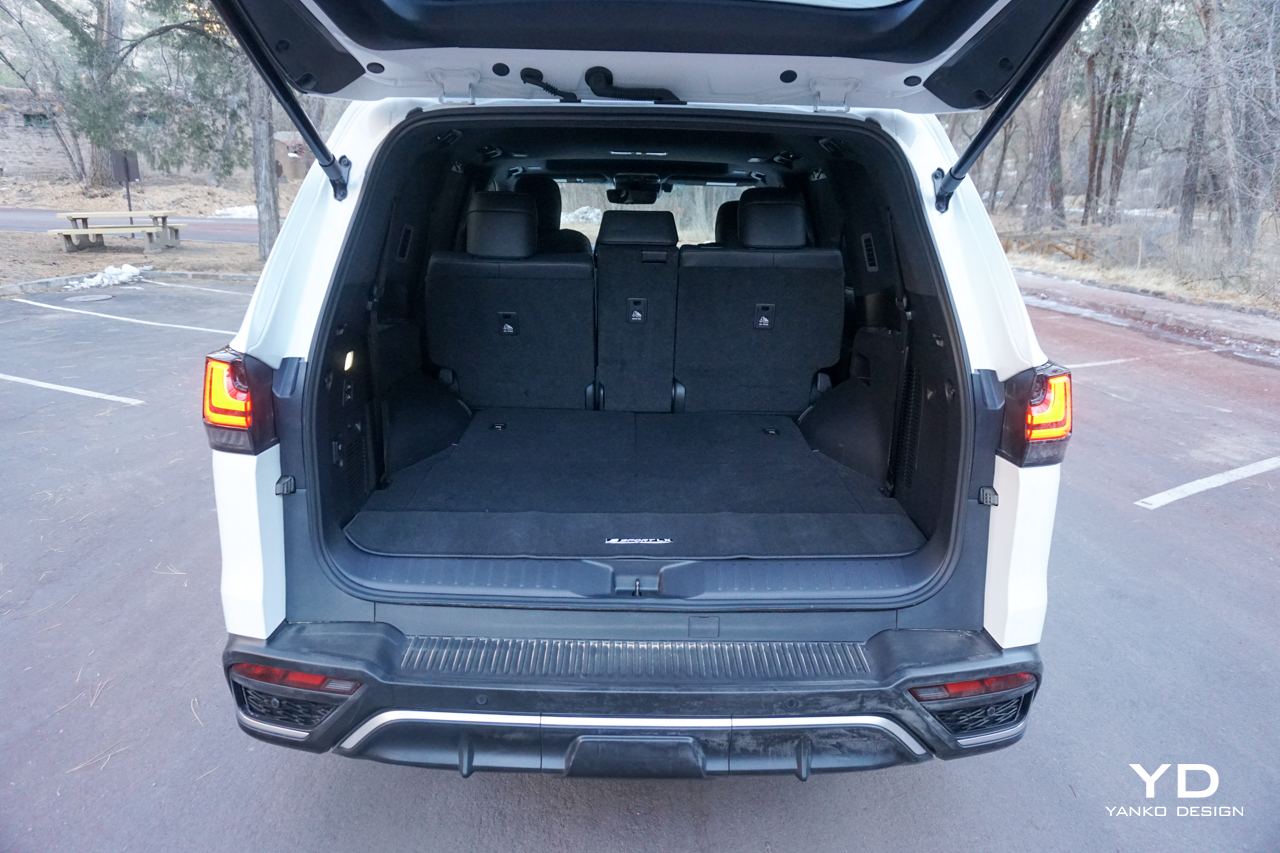
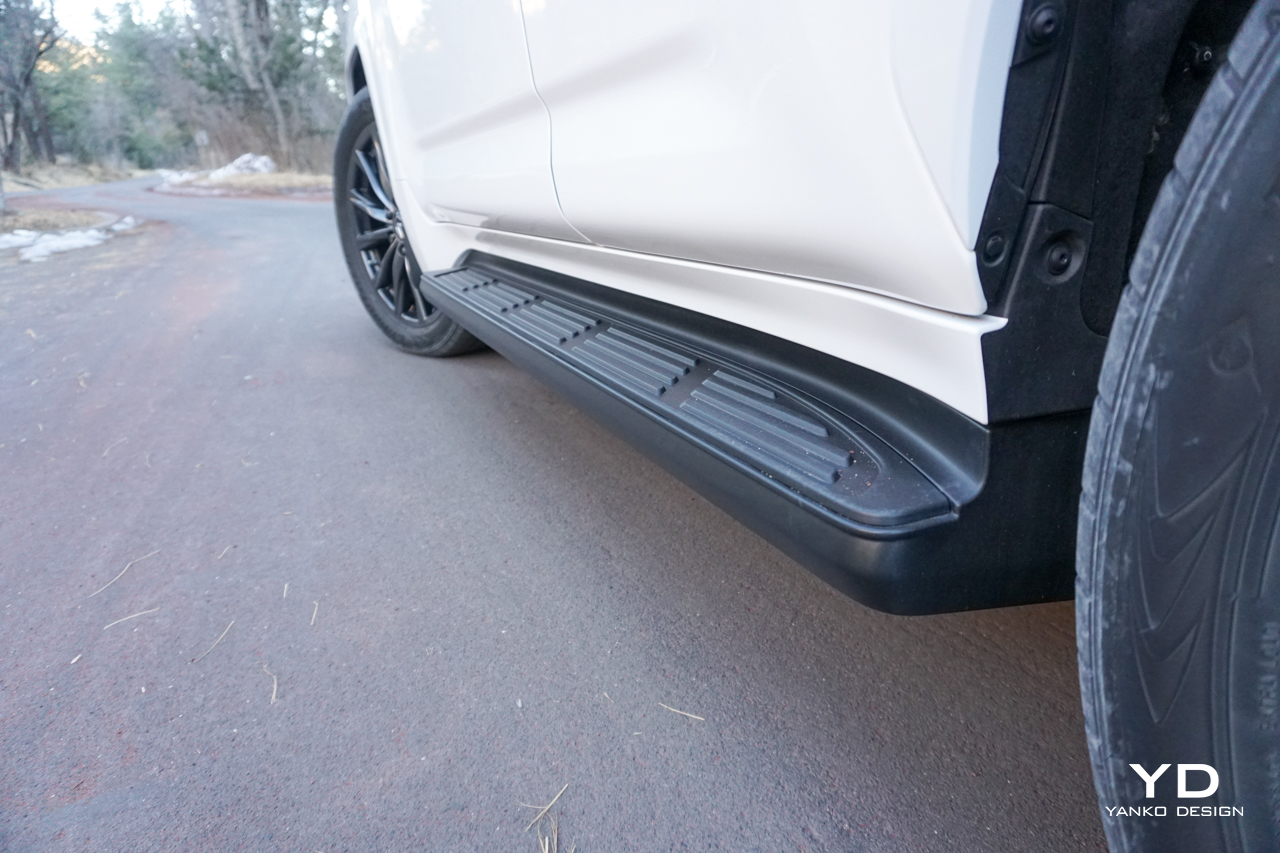
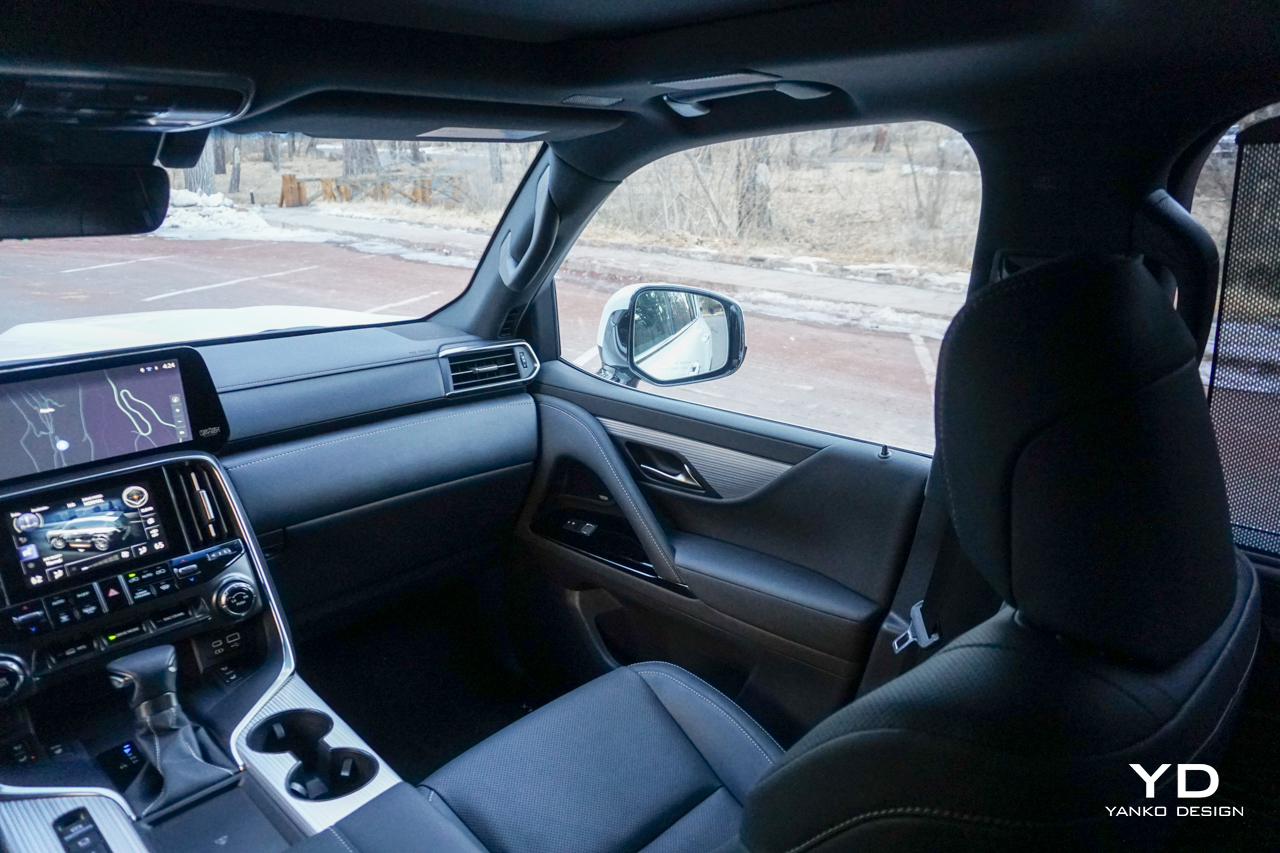
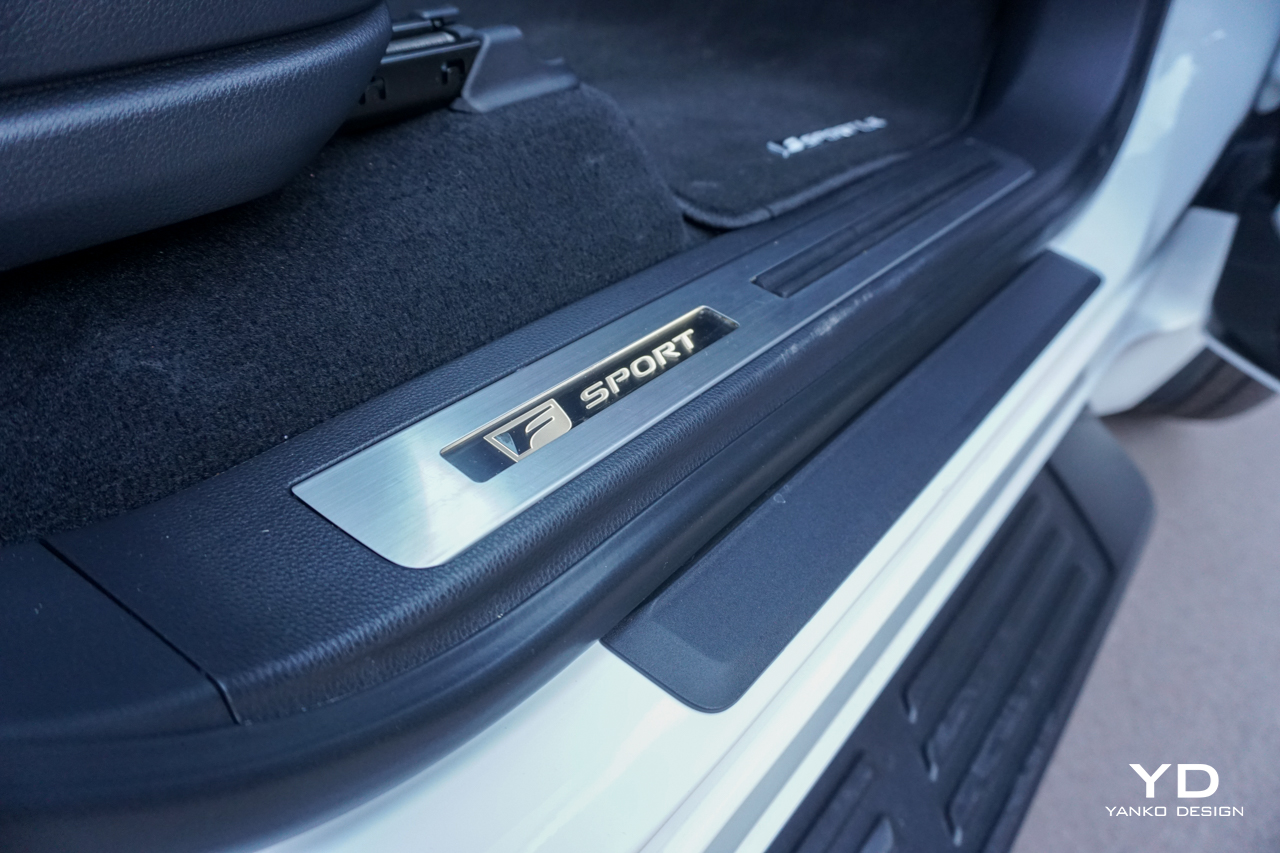
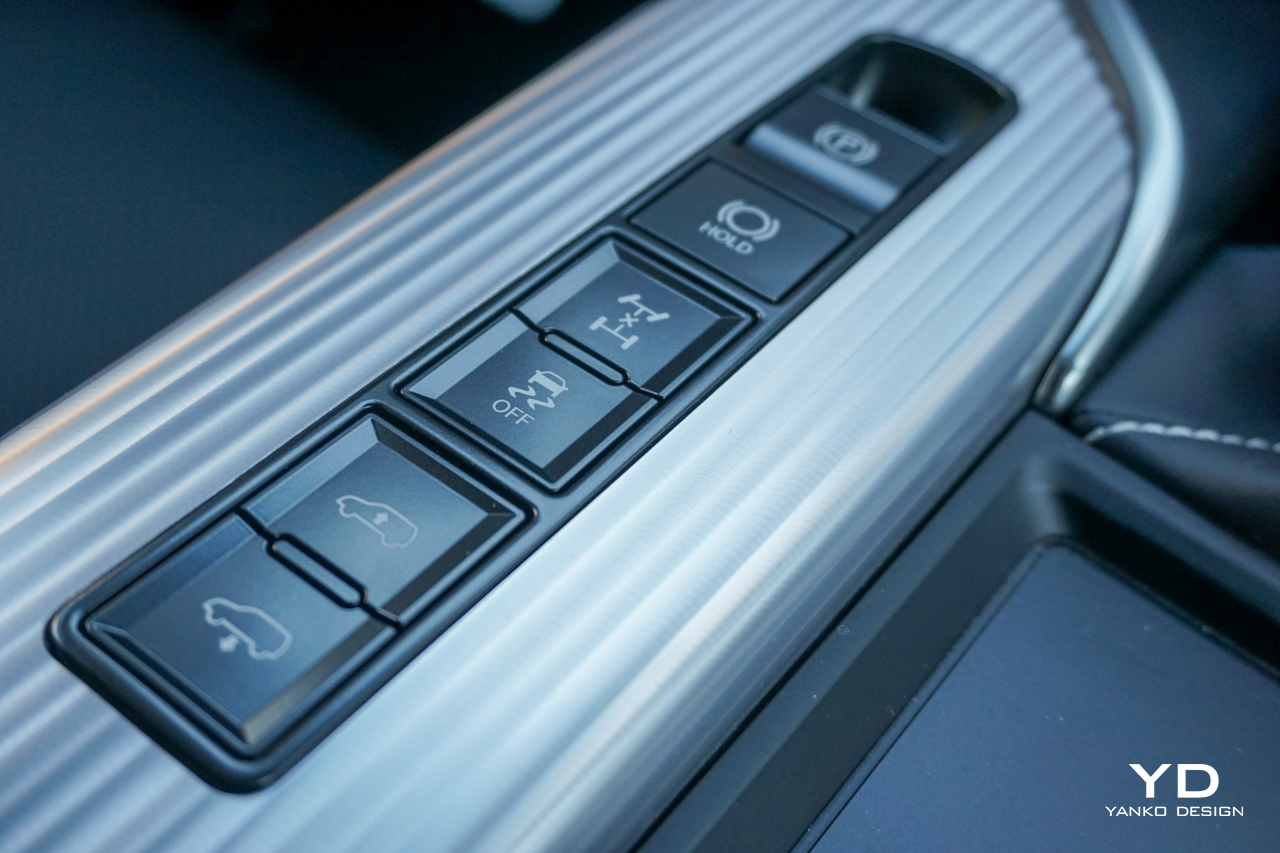
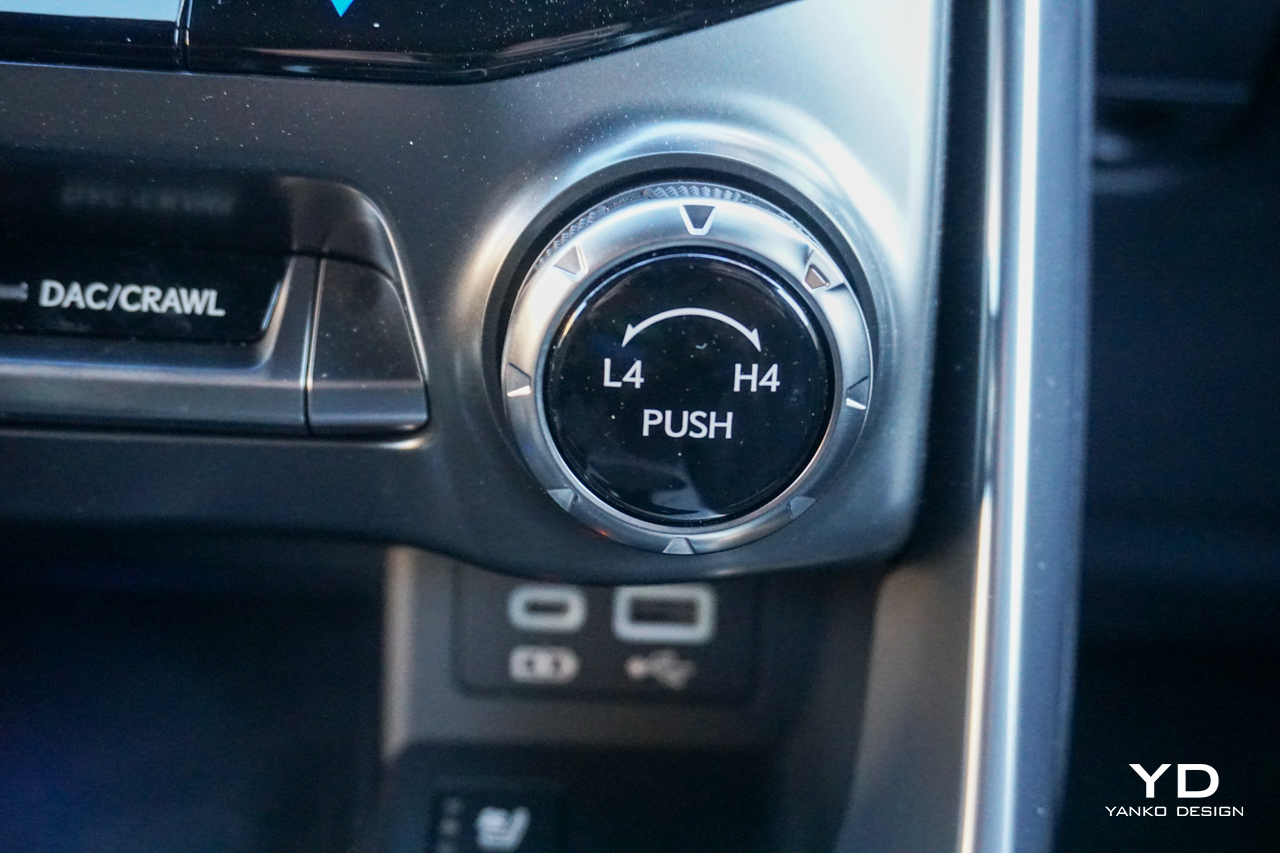
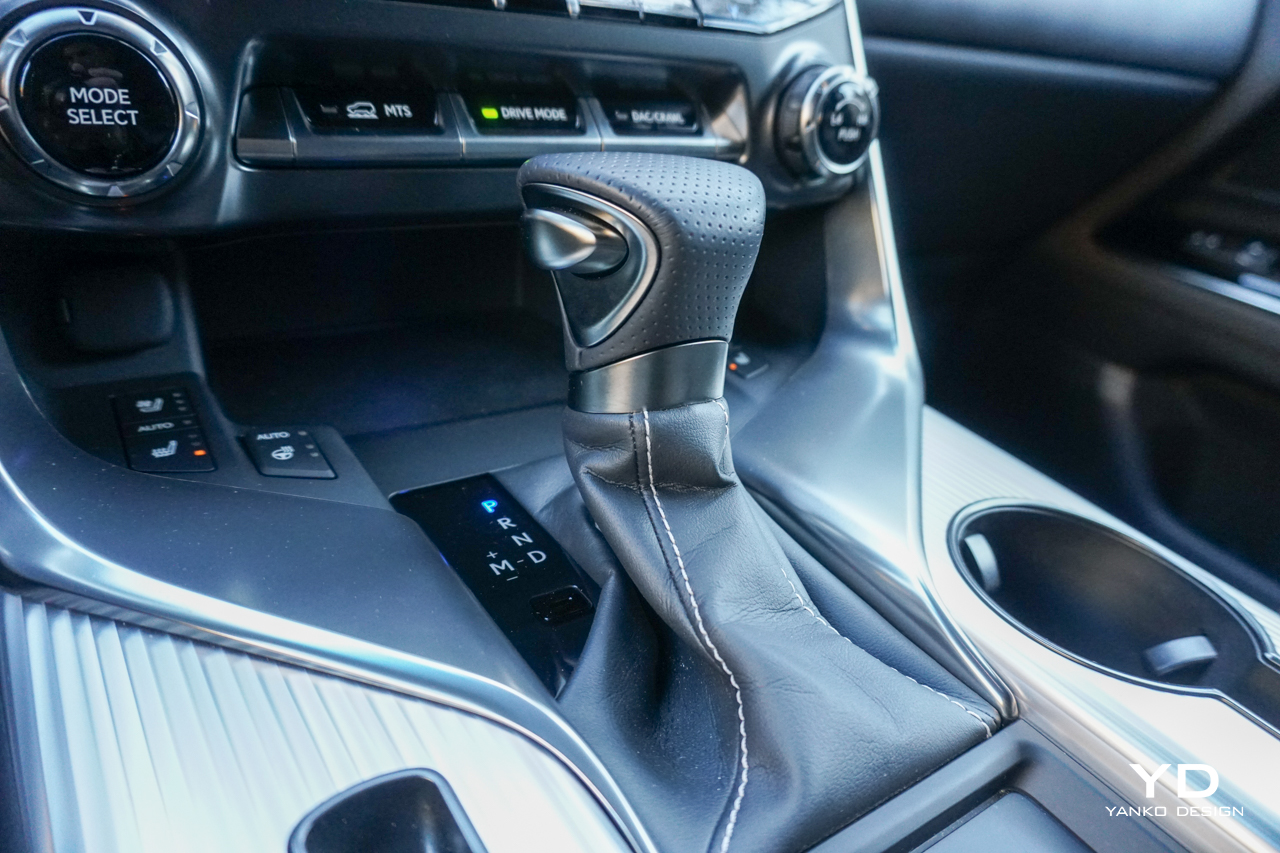
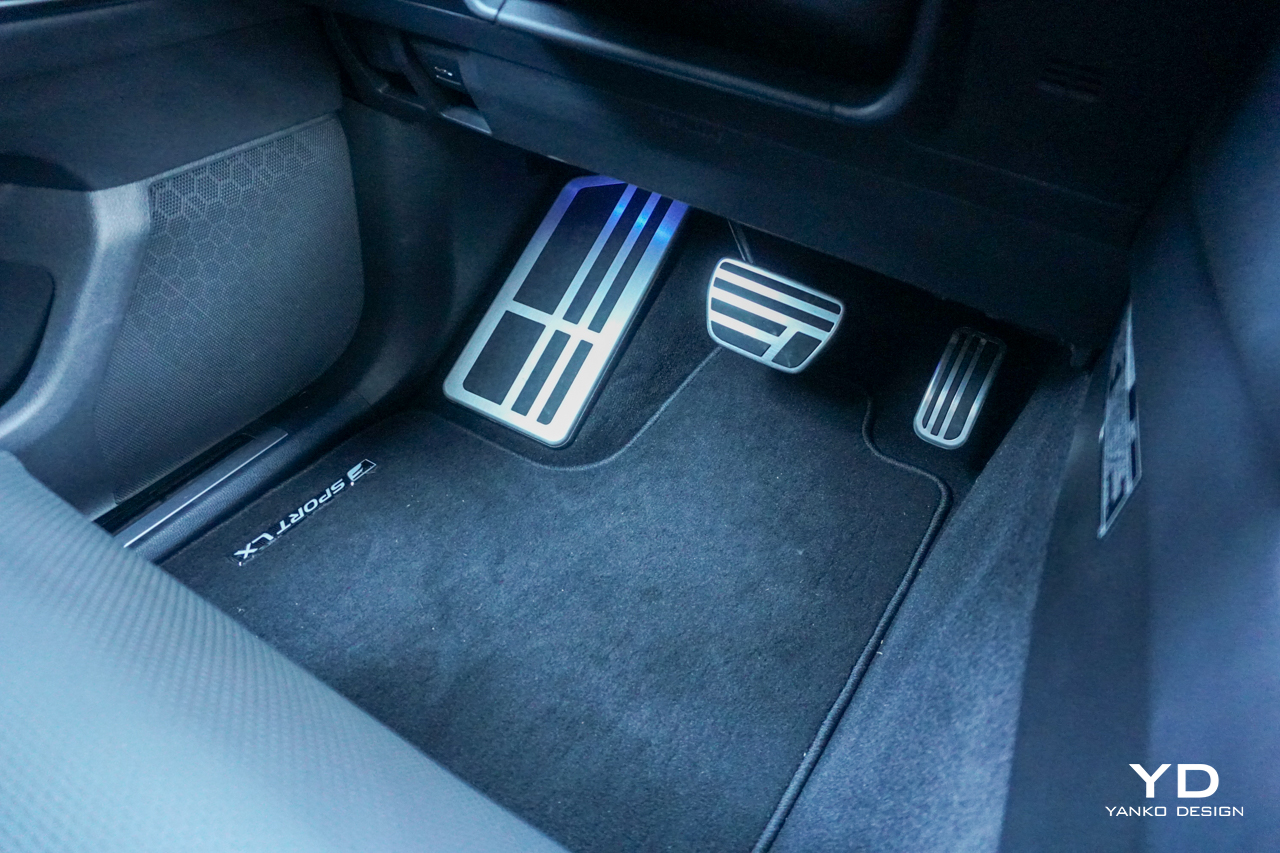
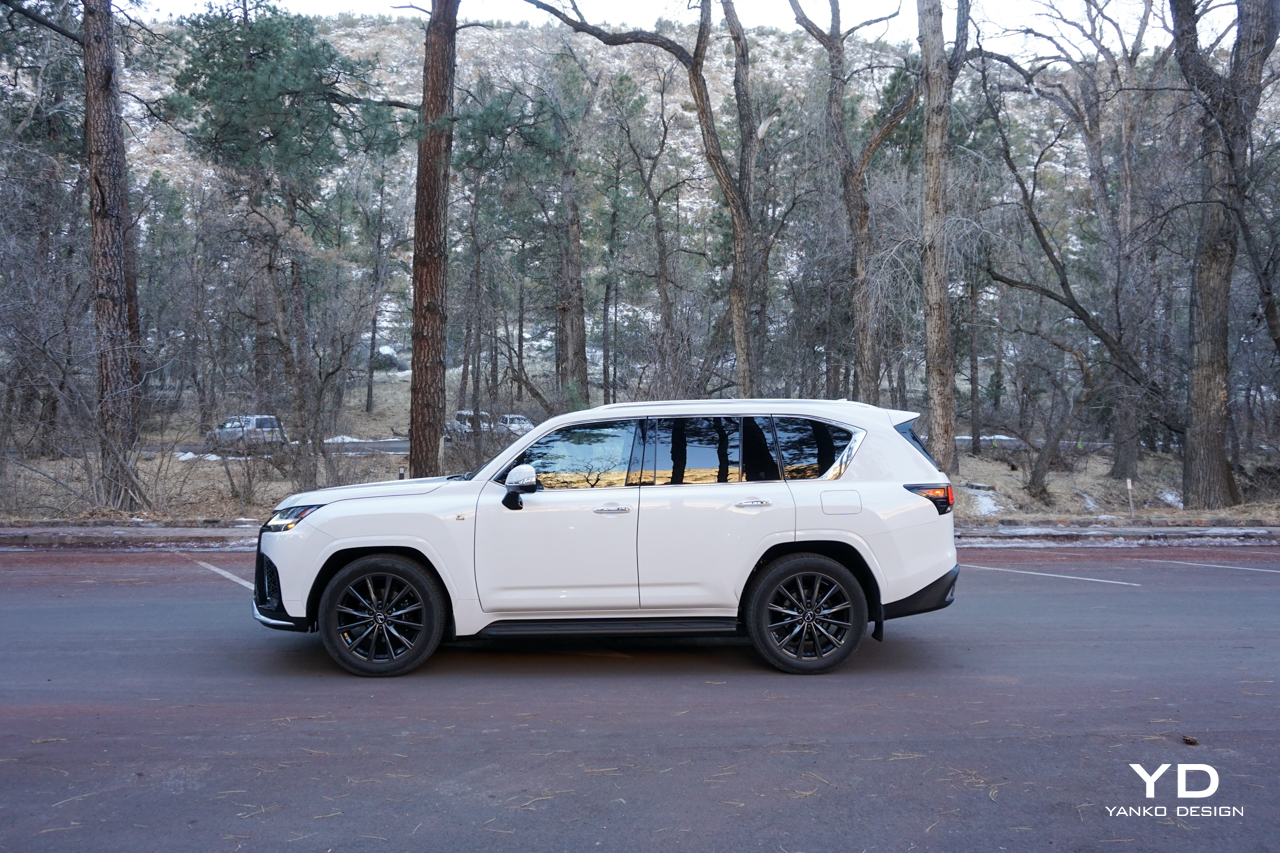
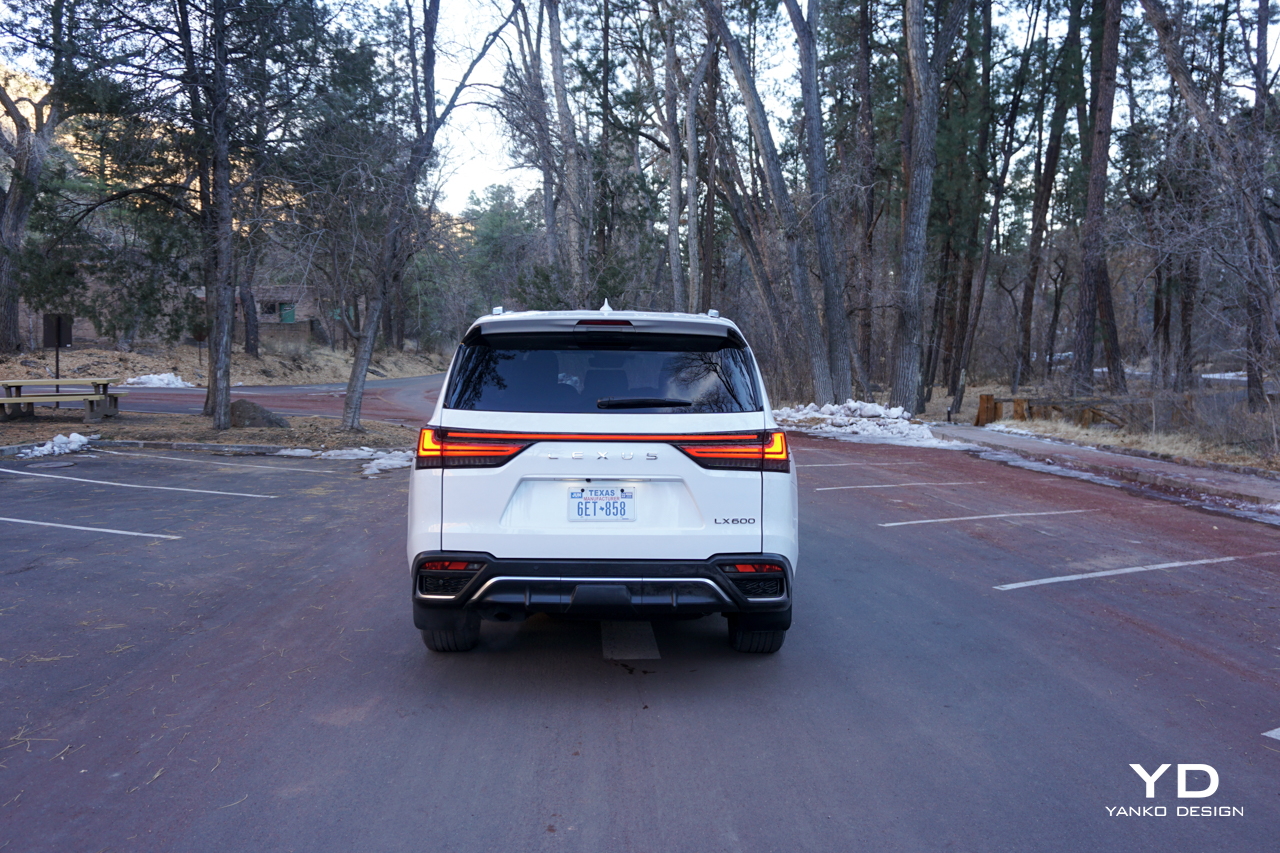
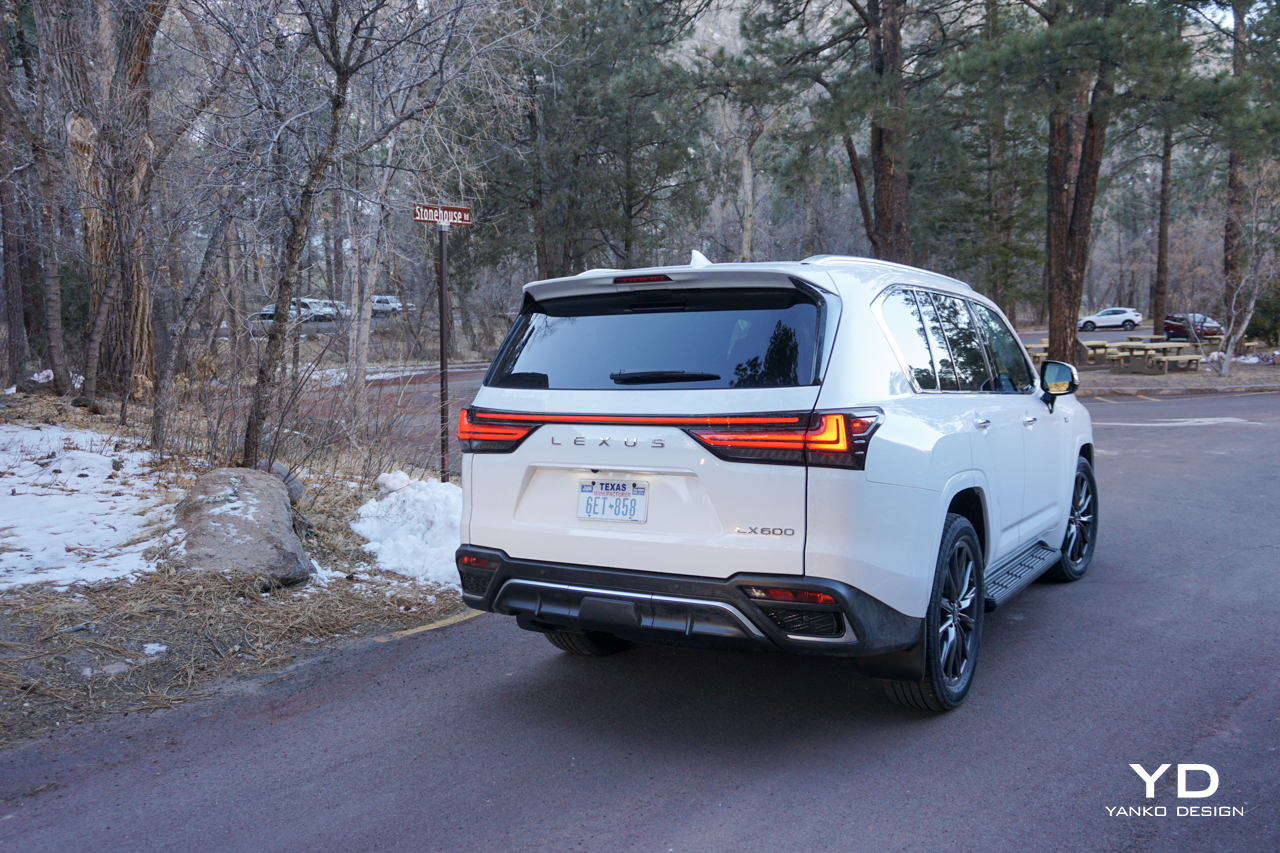
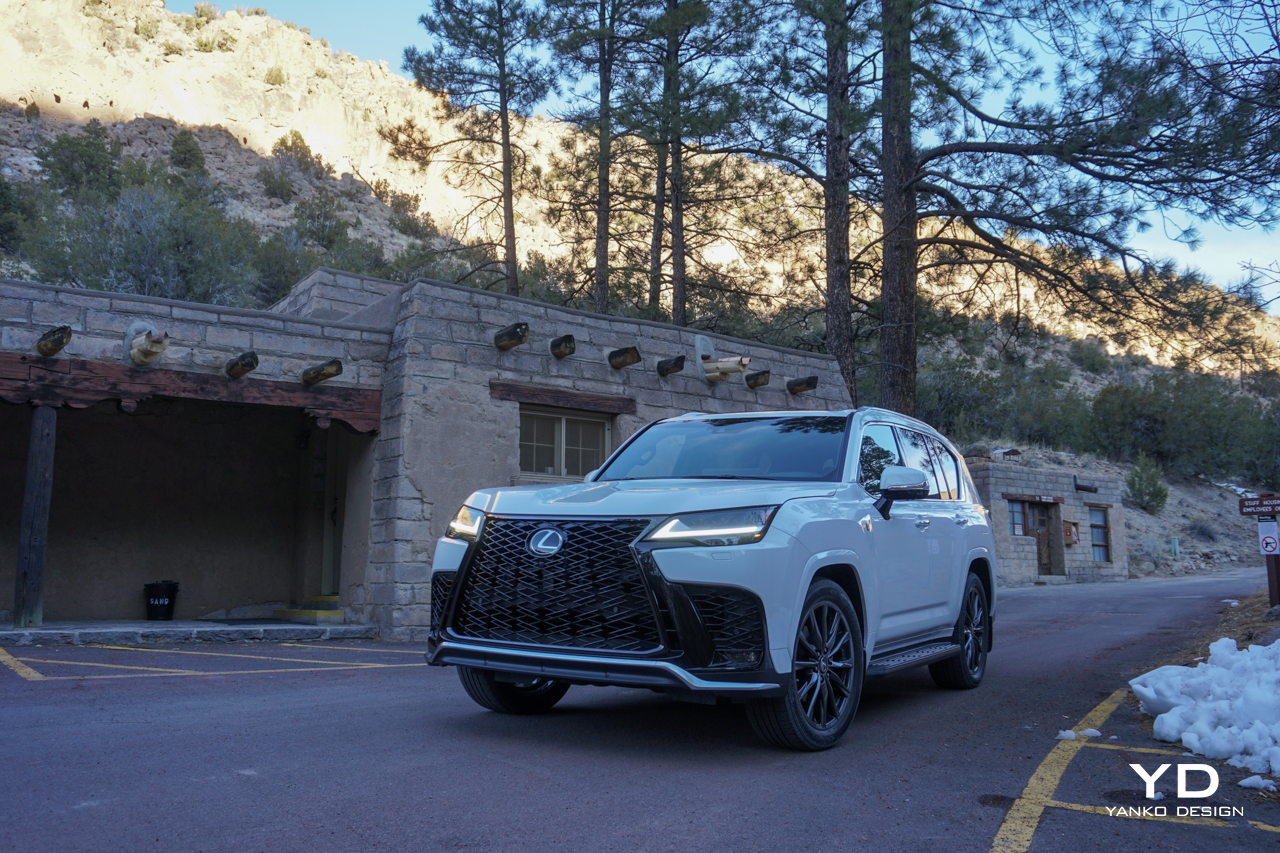
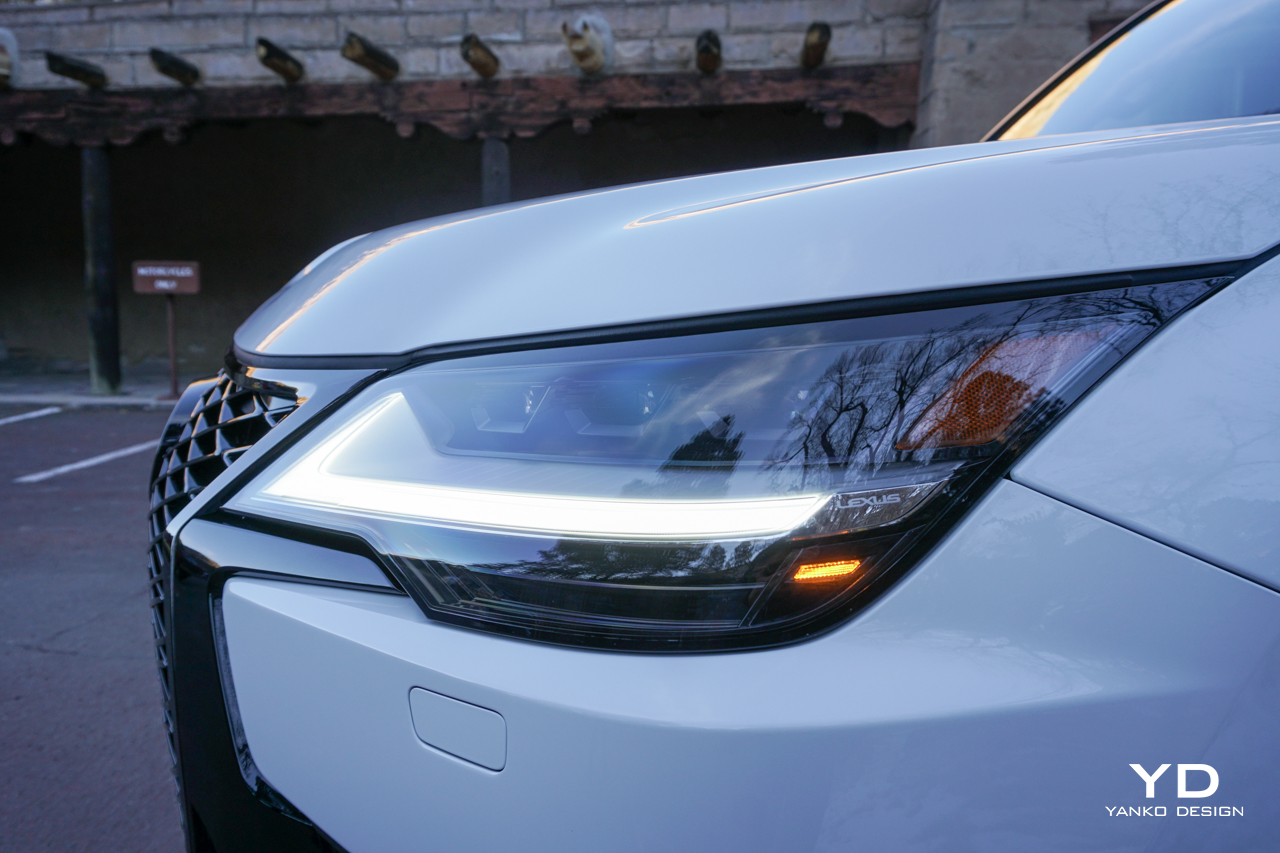
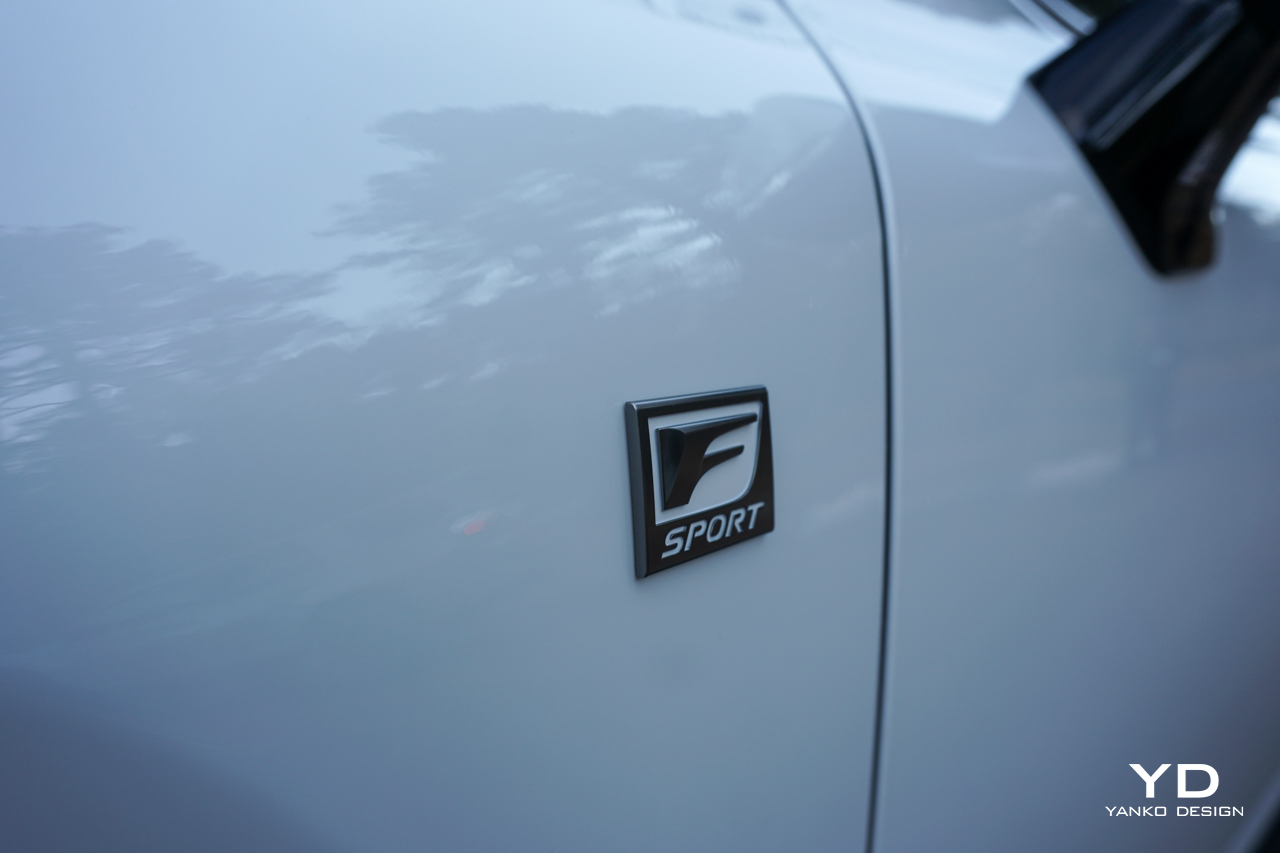
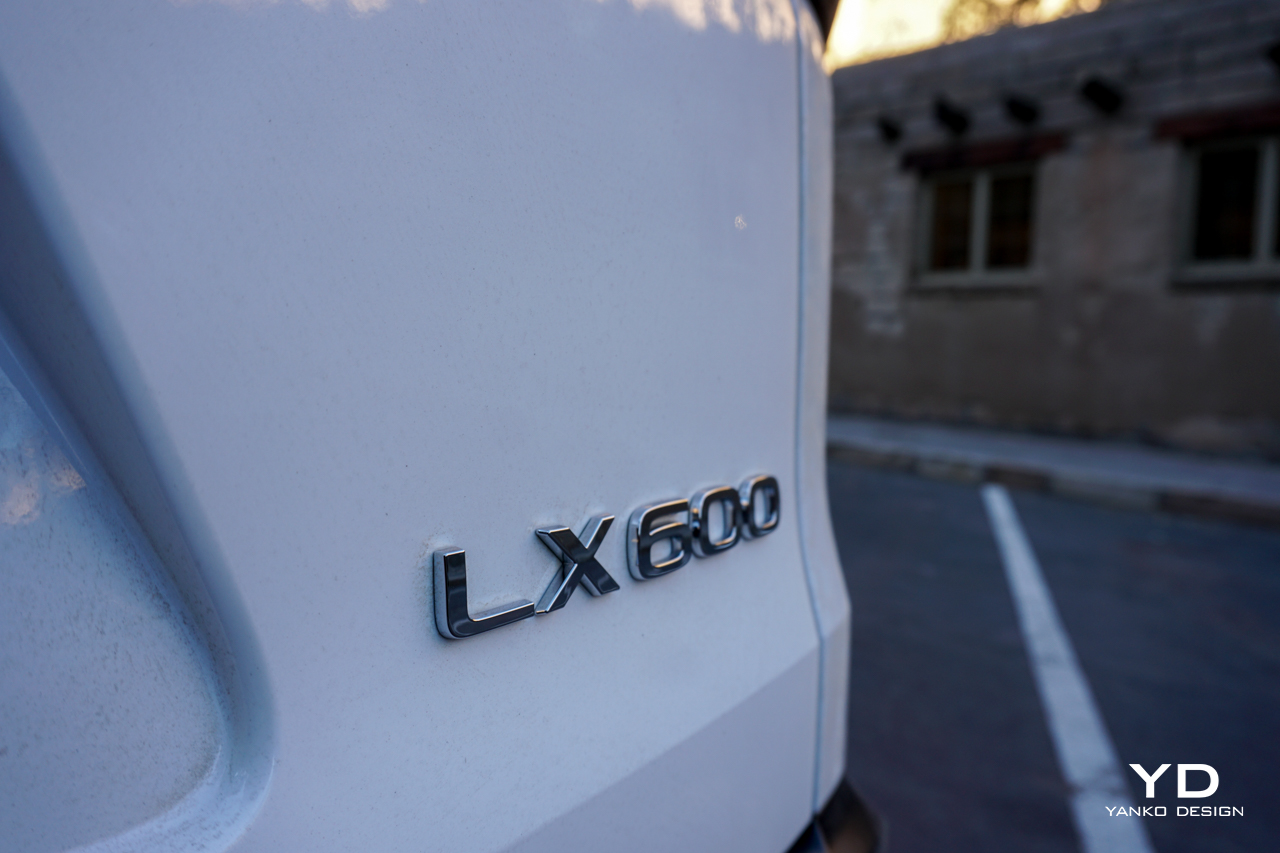
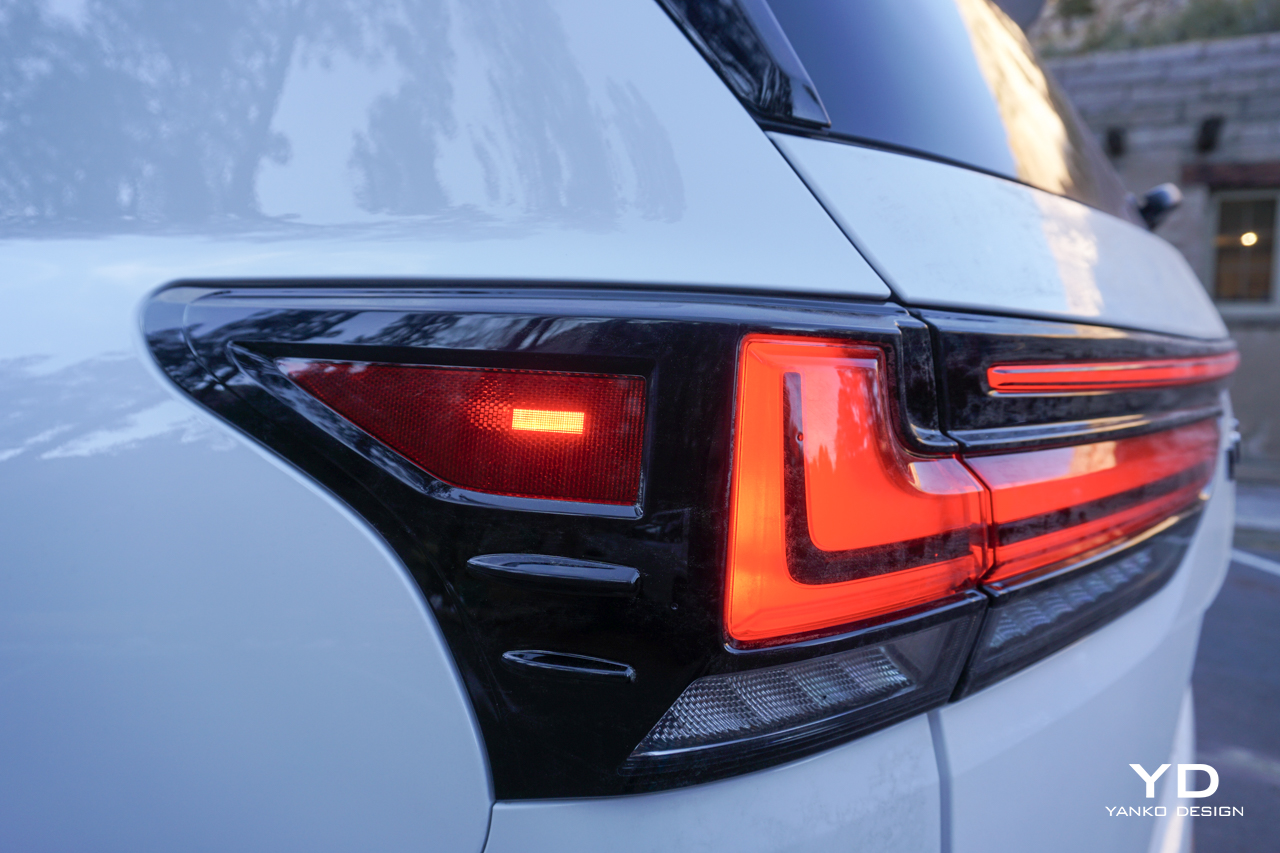

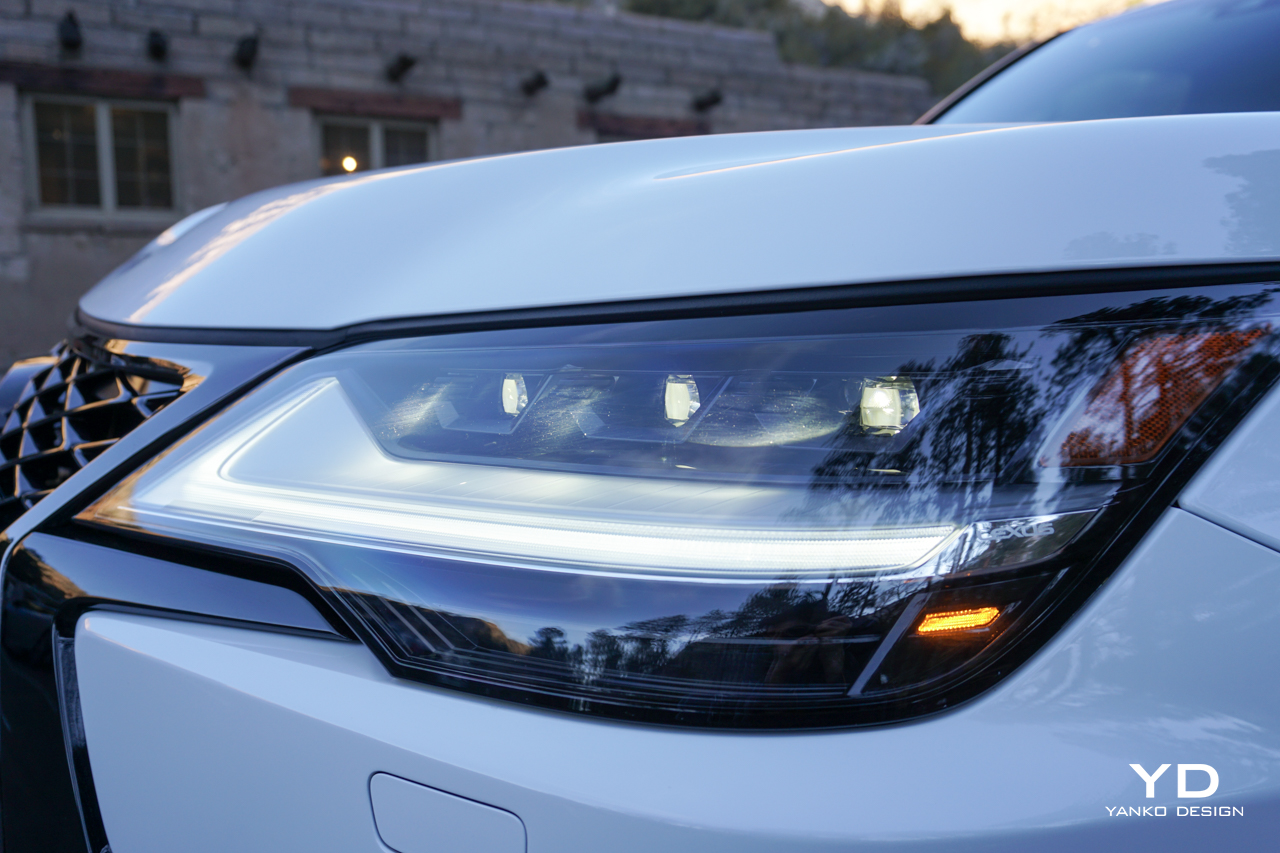
The post 2022 Lexus LX 600 First Drive Review first appeared on Yanko Design.
